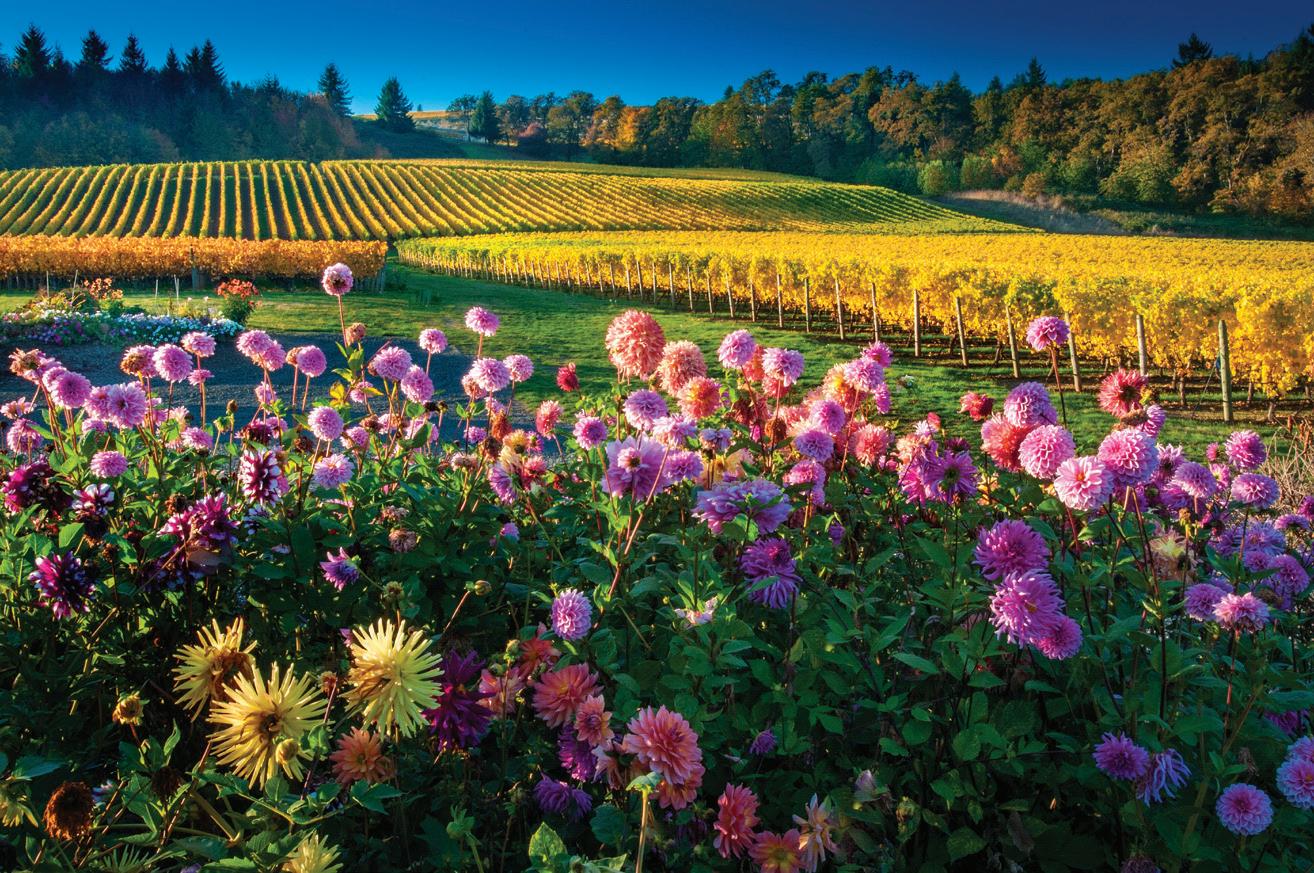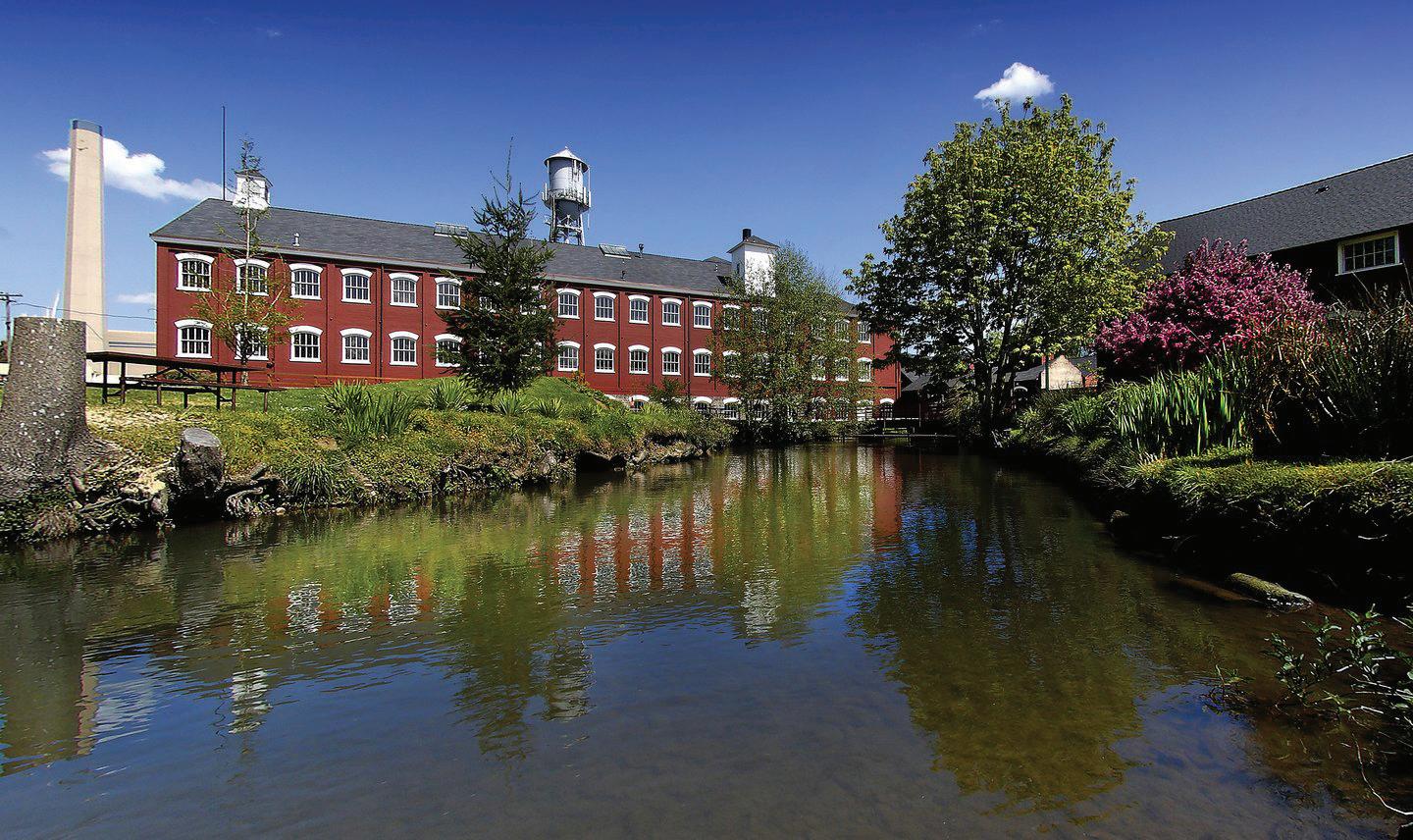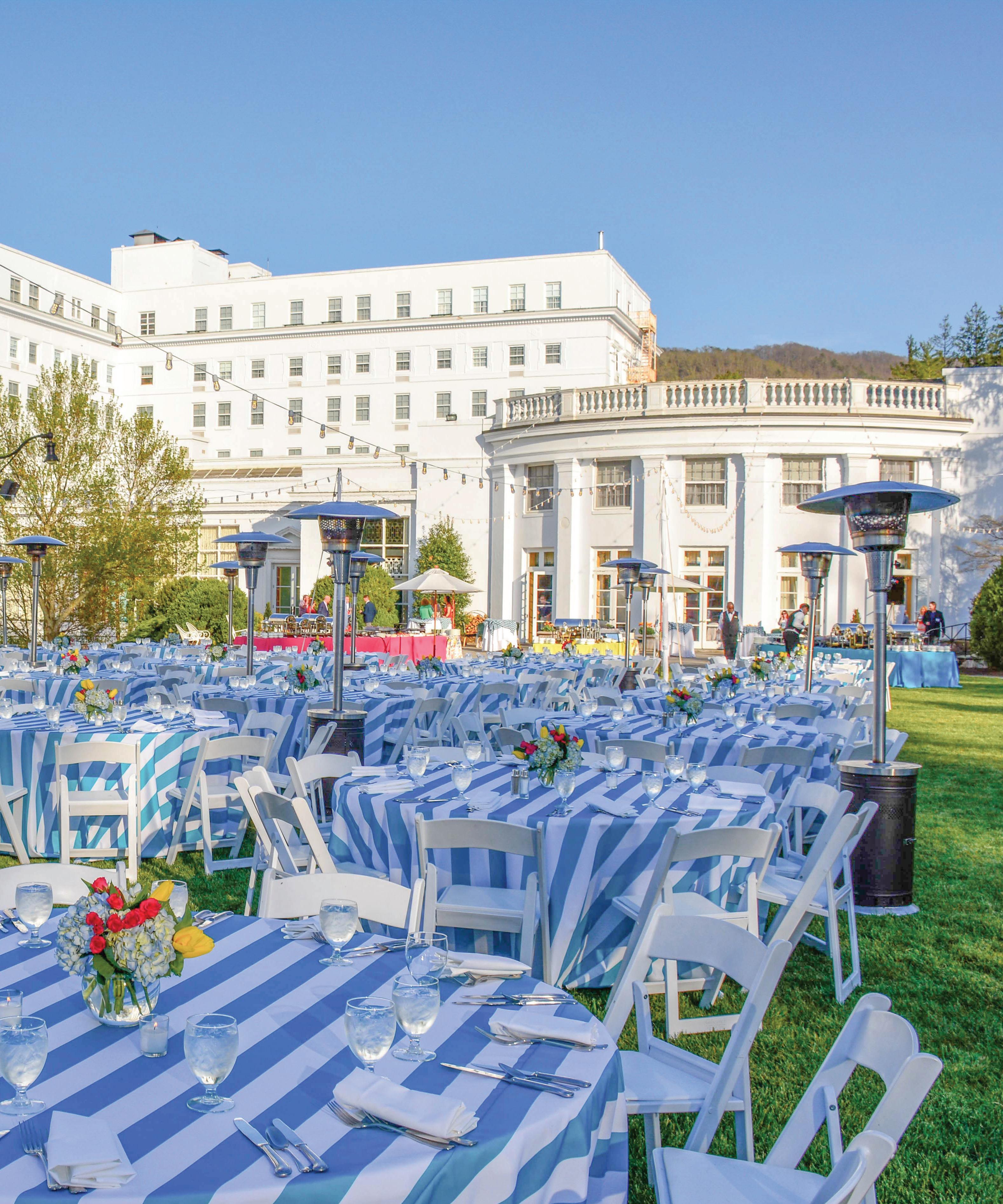
DYNAMIC DINE-AROUNDS | SHIPSHEWANA, INDIANA | GEORGIA
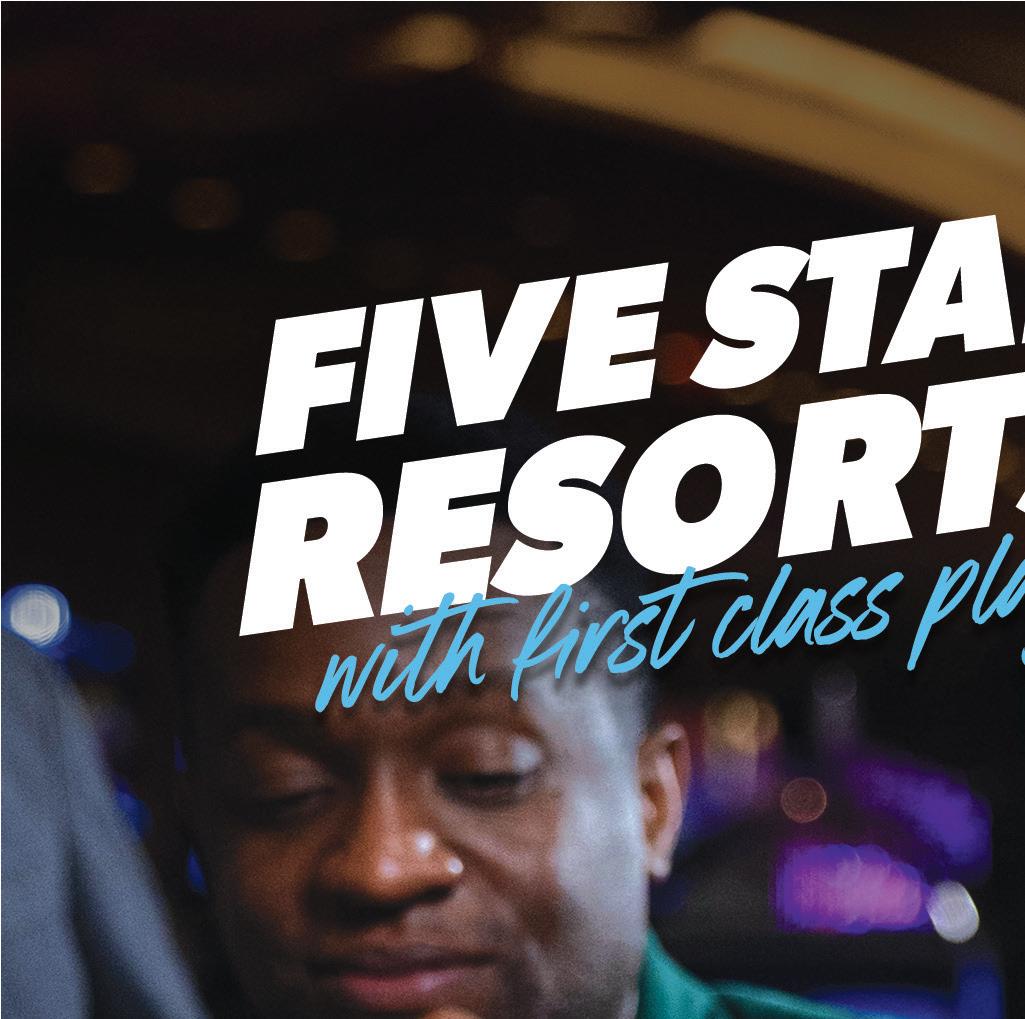

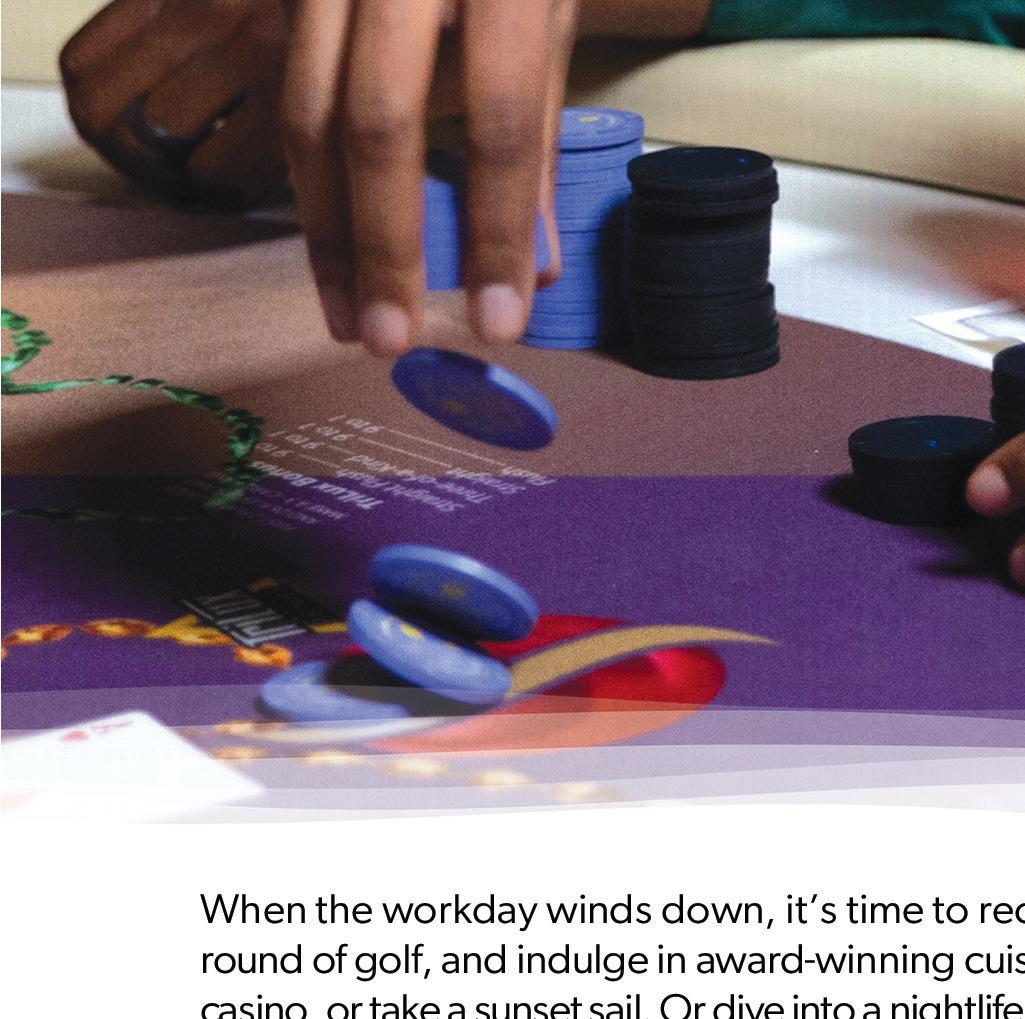


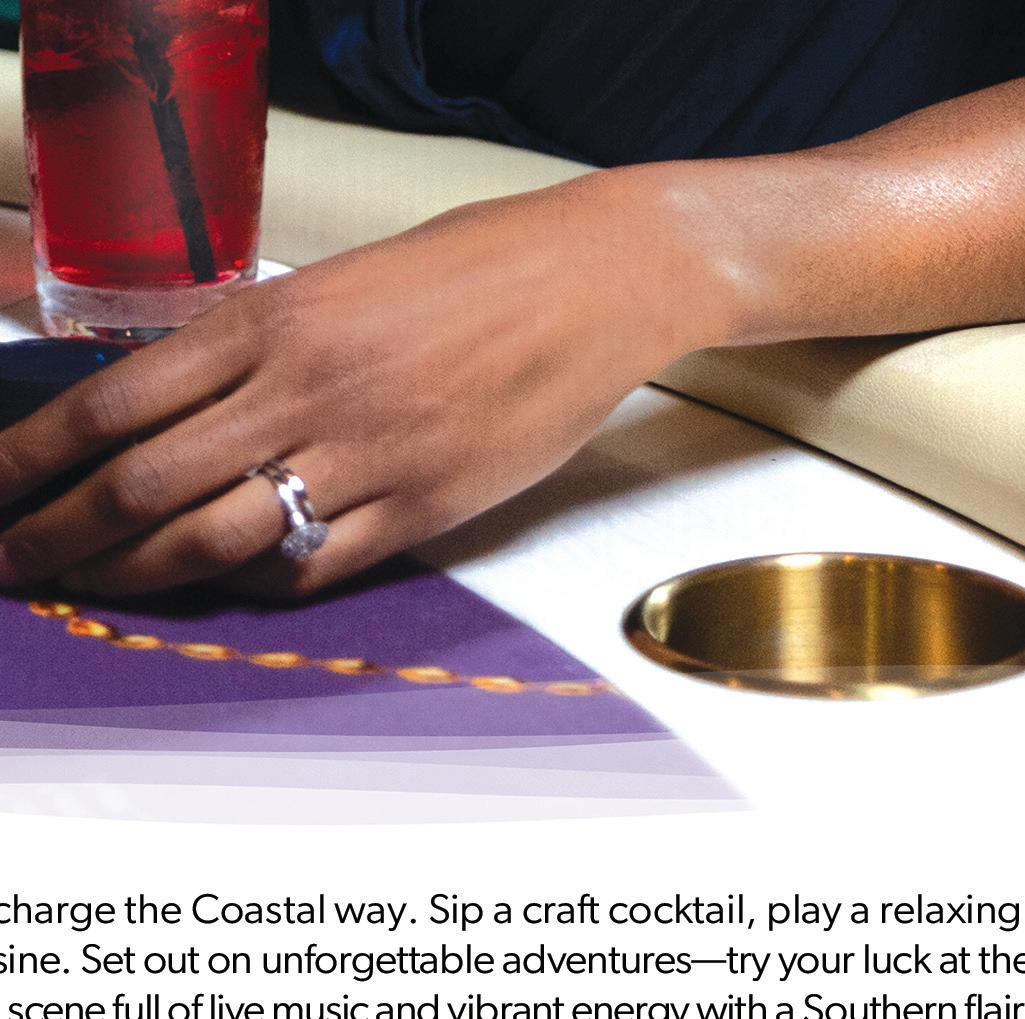





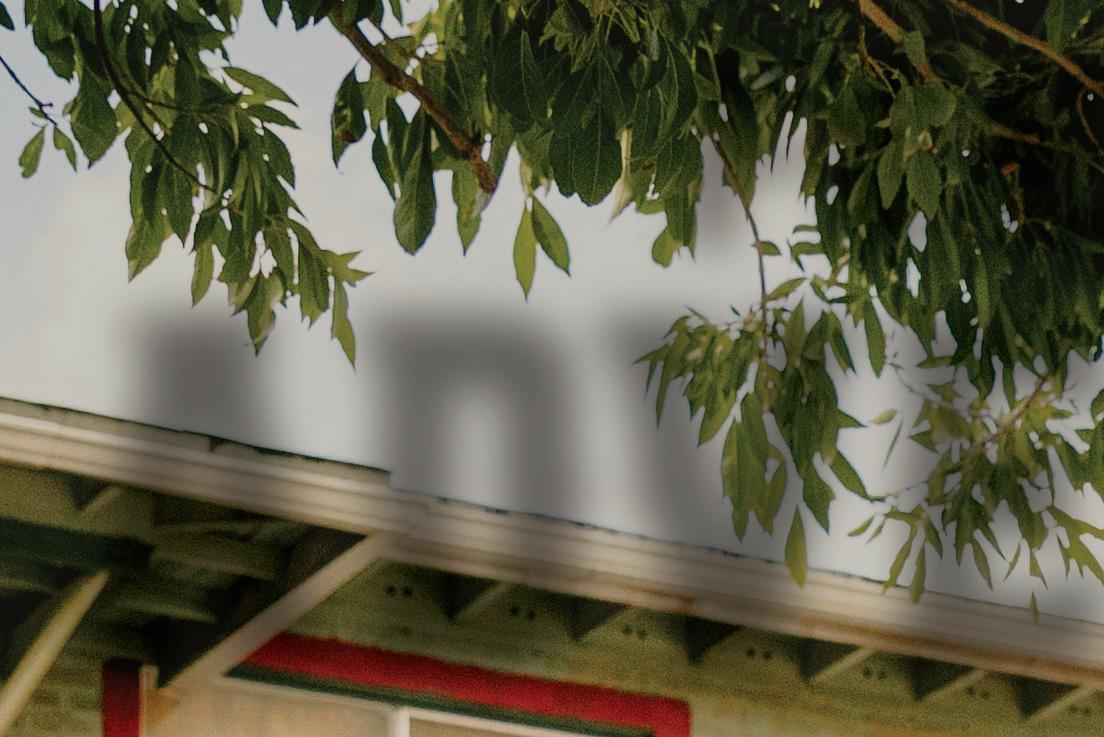



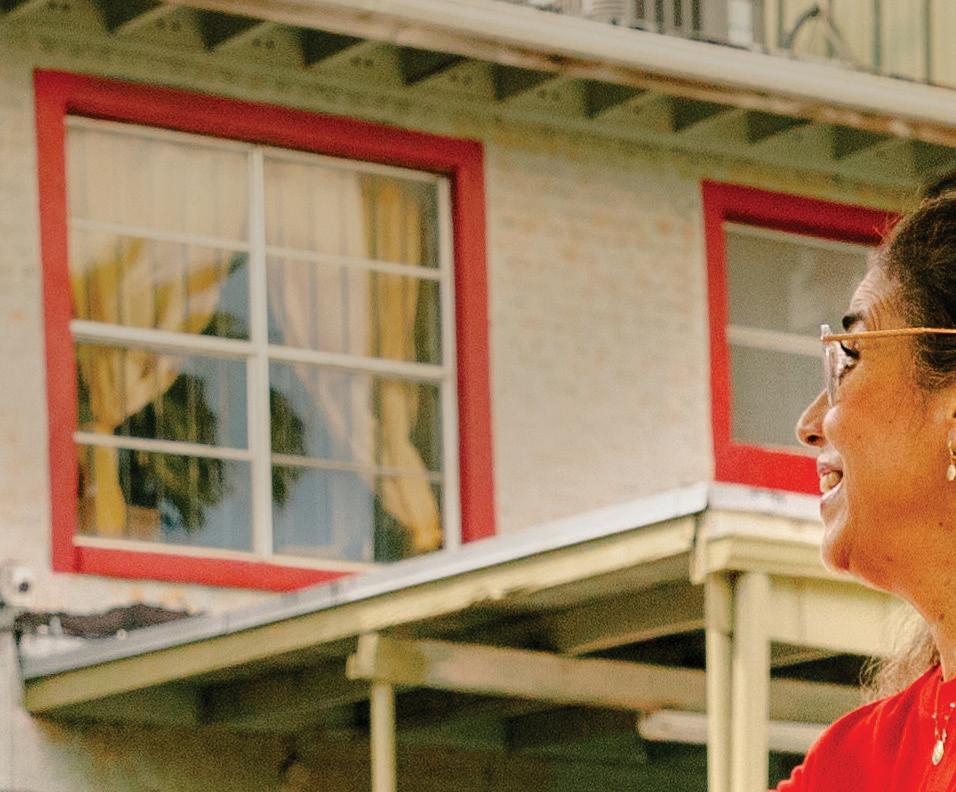
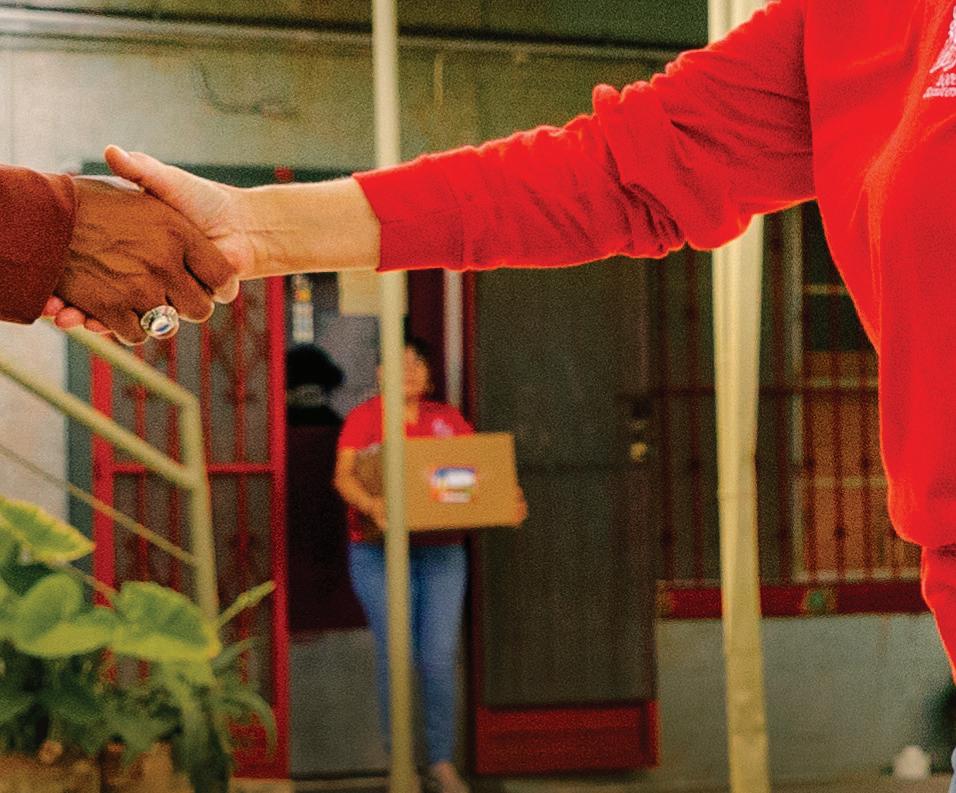


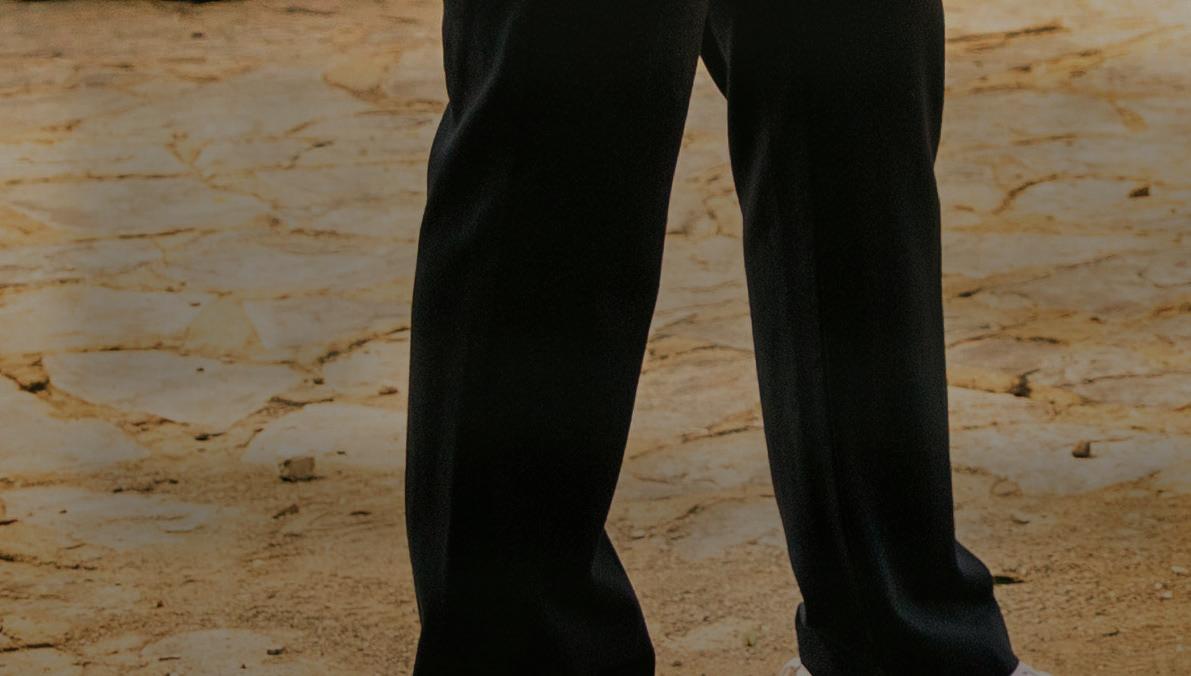











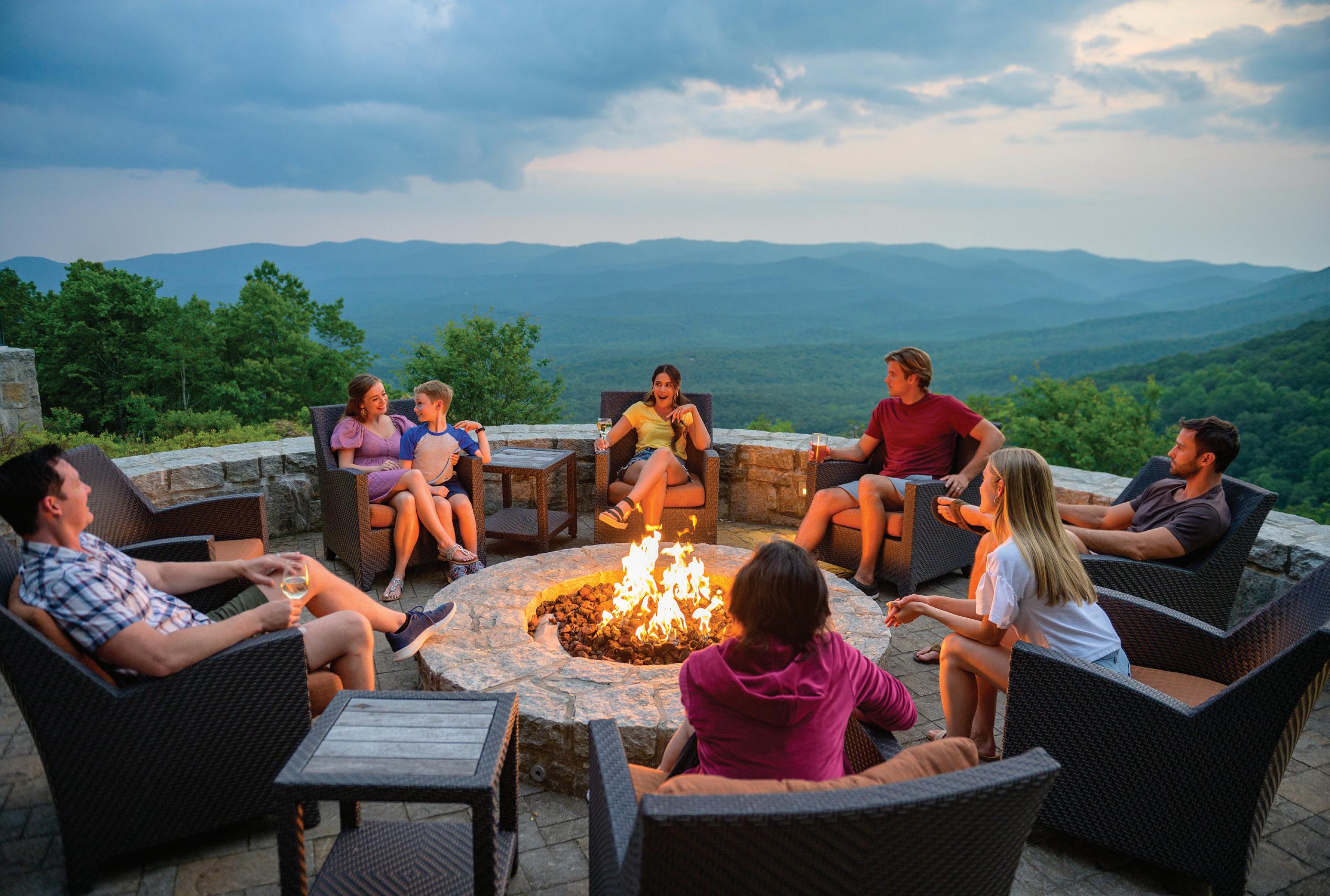
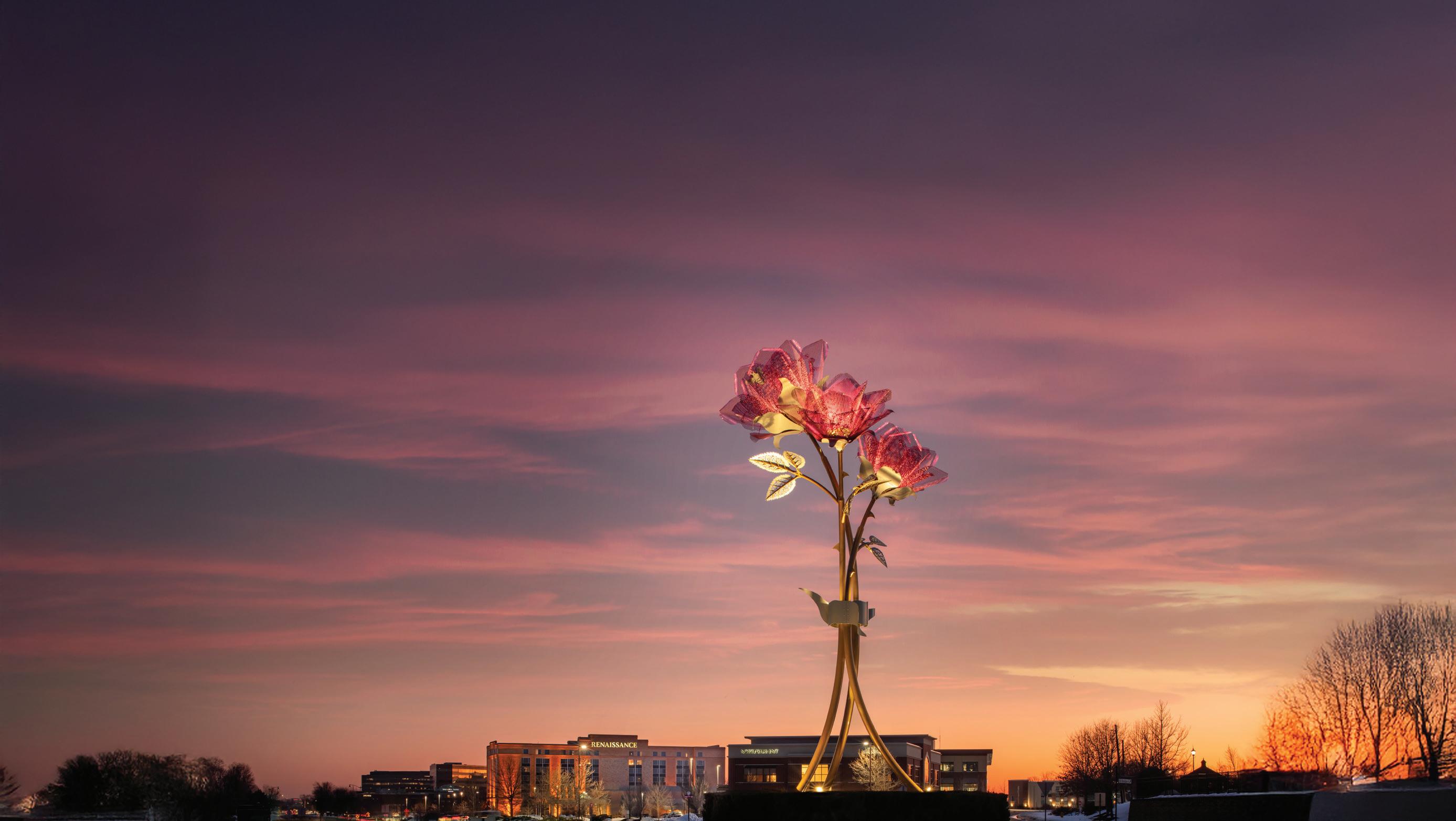



































WITH VICKIE MITCHELL
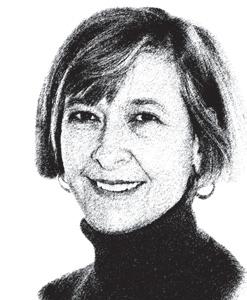
Every meeting planner wants to book outstanding speakers — the ones who leave an audience feeling excited and inspired, the kind of speaker that attendees later talk about with enthusiasm as they gather with peers around the banquet table or bar.
One way to find the best speakers is to focus on professionals who exhibit qualities that indicate excellence in public speaking. Here are a few traits to think about.

When speakers step on stage, the spotlight is on them, but the best speakers don’t bask in it. Instead, they flip the script and put the audience in the starring role from the start. Such speakers wisely take the servant-leader approach, designing presentations that are all about what the audience wants and needs to know. They show understanding and empathy toward the people seated in front of them, connecting with a crowd that realizes the speaker is there for them. That’s far different from the self-important speaker, who puffs their chest, touts their achievements, or hawks their latest book or podcast. As an article in the Knowledge Enthusiast about what it takes to be a good public speaker pointed out, “People don’t like a prima donna.”

From the time we are babies, stories captivate us. The best speakers know this and are highly skilled at using stories to illustrate the points they make in presentations. Roger Federer’s 2024 graduation speech at Dartmouth is a great example of effective storytelling to drive home key messages. Ask anyone who was there, and it’s likely they could recount a story or two that Federer told — often self-deprecating ones — as much about his struggles as his successes. He tied the stories to the three “tennis” lessons he had for the graduates as they started the next stage of their lives. Gifted speakers hold attention as they tell funny and touching tales or describe emotional experiences. They aren’t standing up there stating facts and stats. Instead, they take their audiences on a journey, being genuine and relatable, like Federer, as they talk about twists and turns, hopes and fears.

A speaker’s job is about much more than spitting out a bunch of sentences. Lectures and talks are also highly visual experiences, more like a play than a podcast. Think of how snoozy you feel when a speaker simply stands behind a podium, reading a scripted speech. That won’t hold any audience’s attention for long. The most talented speakers make their presentations a total body experience, without going overboard. They smile, laugh, go silent for emphasis. They speak slowly to give people time to absorb their message. They point. They pace. Their moves serve as visual punctuation for their presentation, and their lively body language telegraphs passion and excitement for their topic. They might use props or visuals, but they don’t overwhelm with them, and they make sure that what they flash on a big screen is interesting, clever, funny or even beautiful.
Let’s face it: Something always goes awry during conference sessions. A microphone fails. The hotel’s AC goes out. A speaker’s flight is late. Deborah Grayson Riegel, a speaking professional, wrote a great column about how she once had to compress a 45-minute talk into eight minutes when other speakers ran long. She did it, and her audience appreciated it. A speaker who is adaptable and knows how to stay cool when problems pop up will win the day. They also know how to read the room and pick up on the verbal and visual cues audiences provide, such as staring into their phones or shifting restlessly in their seats. The best speakers can make adjustments in the middle of their presentation and get the crowd reengaged. Marjorie North, a consultant who specializes in public speaking, had this advice for speakers in an article she wrote for a Harvard business blog: “Keep the focus on the audience. Gauge their reactions, adjust your message, and stay flexible. Delivering a canned speech will guarantee that you lose the attention of or confuse even the most devoted listeners.”


A speaker can have excellent stage presence yet deliver material that doesn’t land with most of the audience. Attendees at many conferences are often at different points in their careers; wise speakers adjust their messages to suit. A mixed audience can be a chance for a speaker to go over some basics for the less experienced and, at the same time, make it clear that those with more experience can chime in with their input. One sign of a pro is the speaker who reaches out ahead of the conference to learn about issues facing an industry or profession and how the audience is likely to be feeling about their work and the future.
BY RACHEL CRICK
Attendees have to eat, but they might thank you for one less meal in a convention hall. So why not let them loose to enjoy a dine-around?
This can be beneficial for the local economy, bring excitement to any program and save meal costs, all while introducing attendees to the local culture. But poorly planned dine-arounds can lead to frustrated attendees and frazzled restaurateurs. How many restaurants should a planner pick, and how should they make their selection? How do they navigate dinearounds for attendees with dietary restrictions? And how can they transform the typical dine-around into an unforgettable evening for their attendees?
Here, three industry experts share their recipes for dine-around success.
When designing a dine-around, planners shouldn’t treat it like an afterthought or merely a strategy to avoid providing another meal for attendees. Instead, they should give a dine-around as much attention as any other component of their event.
“It’s basically a mini event, so everything you do for an event really goes into it,” said Susie Townsend, chief destination experience officer at Visit Indy. “There’s the timing, the payment, the conversation. I think all those elements are important.”
That means examining your goals for a dinearound. Why would a dine-around be better than a banquet? Is it to simply give attendees a night on their own? Is the plan to let them explore the city, experience local culture or engage in meaningful networking with one another?
If meaningful conversation is a goal for the evening, the chosen restaurants should have private dining spaces available so attendees can hear one another while they eat. If getting attendees to enjoy a destination’s great local nightlife is the goal, planners can arrange to include lively pubs or restaurants that double as entertainment venues.
They should also be intentional about their attendees’ preferences. It’s a good idea to offer variety in a dine-around and cater to several tastes and dietary restrictions when considering the restaurants. Planners should know their attendees’ dietary restrictions and ensure every restaurant can accommodate common ones (for
“I would give planners the advice to make sure they know what their expectations are from the dine-around. Do they want attendees to experience the city? Do they want them to have a unique experience? It’s about what you’re trying to achieve.”

Visit Indy Experience: 36 years
“With the dine-around, it’s not just about the logistics. It’s about culinary storytelling. And when there’s food involved and people, you want it to evoke an emotion and align with the goals that you’re trying to achieve, whether it’s an incentive trip or a business meeting.”
example, nut allergies or gluten-free dishes).
But the selection of restaurants should also accommodate a variety of budgets if the attendees are paying their own way. Planners should absolutely showcase fine dining or higher-end options for those who want to splurge, but they should be mindful to include a few casual options for the more frugal attendee.
“We kind of determine the dynamic of the group, and we go based off budget, if that’s disclosed,” said Nicole Rivadeneira, business development manager at Ethos Event Collective, a DMC and event management company. “Sometimes it’s not disclosed so we have to use our own discretion. Typically, we do it in a tiered format where we have low-priced options for dine-arounds and then medium-priced and top-tier restaurants.”
To design these as intentionally as possible, planners should rely on the services of destination experts, including DMOs and DMCs. They can recommend and coordinate with restaurants and even help with signage and wayfinding for attendees. DMCs can help manage more complicated dine-arounds, such as those that involve transportation. They can also connect planners with third-party vendors to assist with entertainment or décor needs to bring the dine-arounds to the next level.

Nicole Rivadeneira
Ethos Event Collective
Experience: 10 years
“As a DMO, we take all the information and help them with the options and send them referrals,” said Allie Asuncion, senior director of site and client experience at San Diego Tourism Authority. “It’s our role to give them options and connect them with the best entities who will handle everything they need.”
The logistics of a dine-around can get complicated very quickly, especially if the event has many attendees.
First, planners should consider how many restaurants they will need based on the number of people attending.
“I would say communication is important so that the restaurant knows what to expect when we walk in,” Townsend said. “And how many people are coming in, how they’re paying the bill and if any gratuity is included.”
Planners can coordinate with local restaurants to ensure each one wants to participate in the dine-around. CVBs can bridge any gaps here and connect planners to chefs and restaurant managers. Planners can then work with the restaurants to design fixed menus, which are a must to make it manageable for each restaurant to serve their usual crowd while also catering to attendees.
“Typically, what we find works best is a pre-selected menu, especially in larger group dynamics,” Rivadeneira said. “It takes a lot of stress off the kitchen.”
When it comes to attendee sign-ups, whether they’re printed or digital, planners should present the menus and have a limited number of slots for each so that restaurants — and city streets — aren’t overwhelmed.
“From an operations side, look at the full footprint to ensure you have enough space for the guests you have so the flow works well,” Asuncion said. “You don’t want one space being super popular while others are empty.”
Provide clear directions, such as a map for walkable locations; if the event has an app, include information for each restaurant in that. Signage or even CVB representatives can also help attendees find where they’re going.
Transportation is another factor to consider. The easiest way to design a dine-around is to select restaurants that are all in one area and are close to the hotel or convention center that attendees are coming from. Walkable dinearounds save planners the hassle of coordinating shuttles and making sure no attendees are left behind. But if there’s a popular dining destination outside a walkable range, a DMC may be a worthwhile investment for managing transportation.
While traditional dine-arounds can be great, there’s plenty of room for planners to elevate them and make them stand out in attendees’ minds. Adding a twist or an element of fun to the traditional dine-around can be just what they need to bring the event to the next level.
One way to make dine-arounds memorable is to incorporate a destination’s culture throughout. When selecting the restaurant options, ensure that local cuisine is represented, from the destination’s signature foods to any ethnic or cultural staples it’s known for. Avoid chain restaurants. If the restaurants incorporate something the area is famous for, such as the beach, that’s even better.
“Things that I’ve seen work in the past are theme-driven or narrative experiences, like a culinary journey or experience in a restaurant,” Rivadeneira said. “We’ve also seen some farm-totable things, chef-led courses or workshops. And if this is a group that’s more driven towards alcohol, we may do a bourbon tasting or have a wine sommelier.”
Another factor that can elevate the dinearound is entertainment. Many restaurants, especially outdoors, have venues for live
“It’s about really tapping into the local culture and culinary scene… using many different types of restaurants so the attendee has a great experience walking the streets and experiencing different vibes and scenes and immerses themselves into the city.”

San Diego Tourism Authority Experience: 25+ years

entertainment. Hiring local bands, comedians or other performers is a great way to liven up a standard dinner and let attendees enjoy the area.
Adding a twist on traditional dinearound concepts can be key to making it more exciting. One such trend is that of a block party, which has been the default dine-around-like experience for meetings in San Diego for some time.
Block parties can also be done in smaller destinations, particularly if all the restaurants are within a set neighborhood or district. Blocking off a street is a great way to let attendees experience the city in a fun way. Décor, entertainment and even stations to try food and drinks outside of the restaurants can further enhance the experience. DMOs and DMCs can assist planners in securing the proper permits.
“It depends on what their goal is and what their theme is,” Asuncion said. “We can choose certain menus to represent culture, but then we take it a step further and make sure the entertainment matches that same vibe with décor and lounge furniture. Some even put a Ferris wheel or stage in the middle of the street.”
Still another option is to incorporate food trucks, which have been trending up in popularity. Because they’re mobile, food trucks can often work great in outdoor spaces such as parks or large outdoor venues.
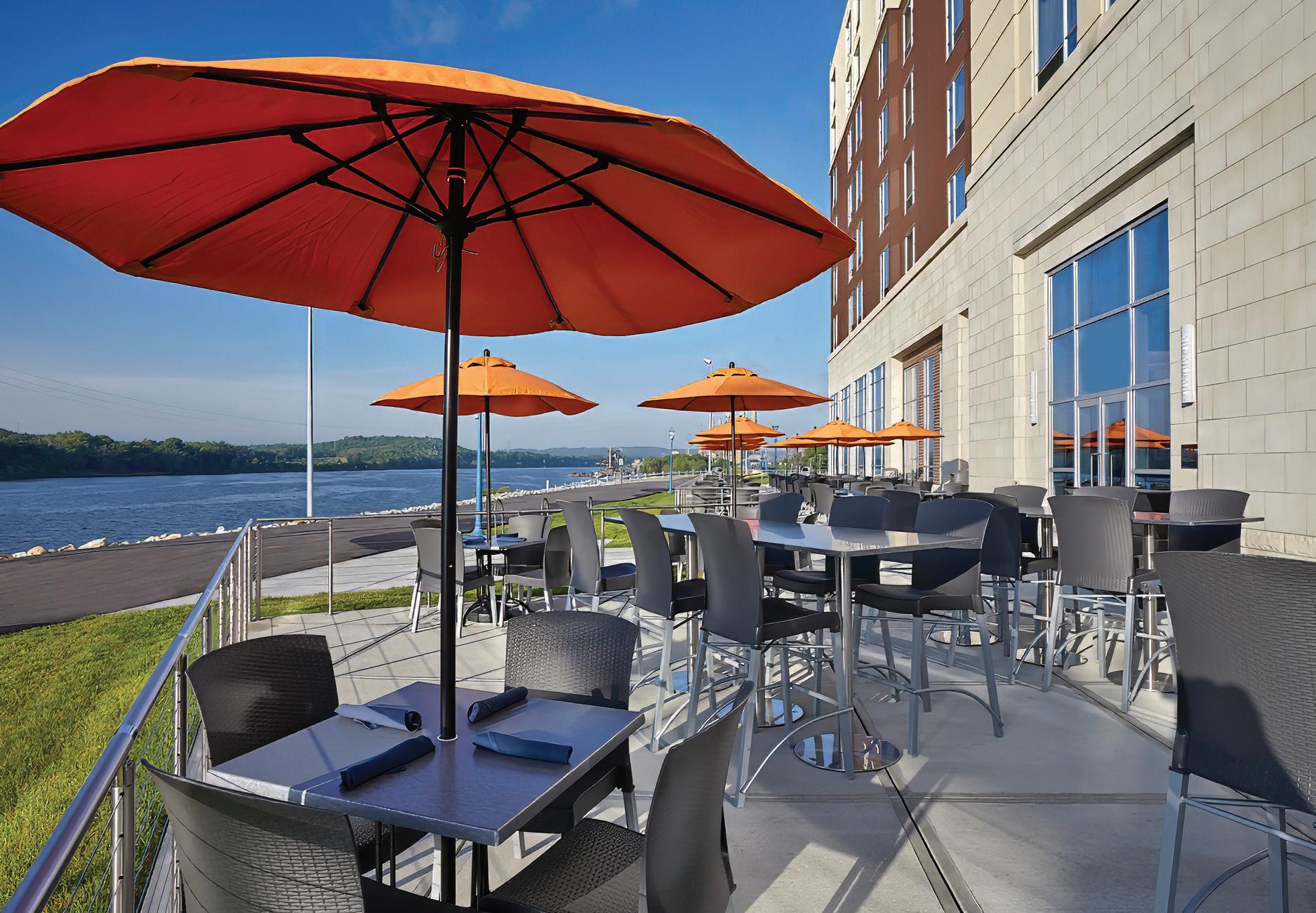

Located along the Ohio River directly adjacent to Ohio and Kentucky, our proximity to Cincinnati means we’re close to big-city amenities with all of the meeting customization and service a smaller location can provide.
Home to Hollywood Casino and the Lawrenceburg Event Center, we’re ideal for small and mid-size meetings and conventions of all types, offering:
✦ Large, customizable meeting and event space
✦ 15 miles to the Cincinnati International Airport
✦ 468 hotel rooms
✦ Walkable Main Street offering casino gaming, destination dining, entertainment options, historic tours, riverfront access, outdoor recreation, trails, winery/brewery properties, and more Ready to get started? Scan the QR code to the right!









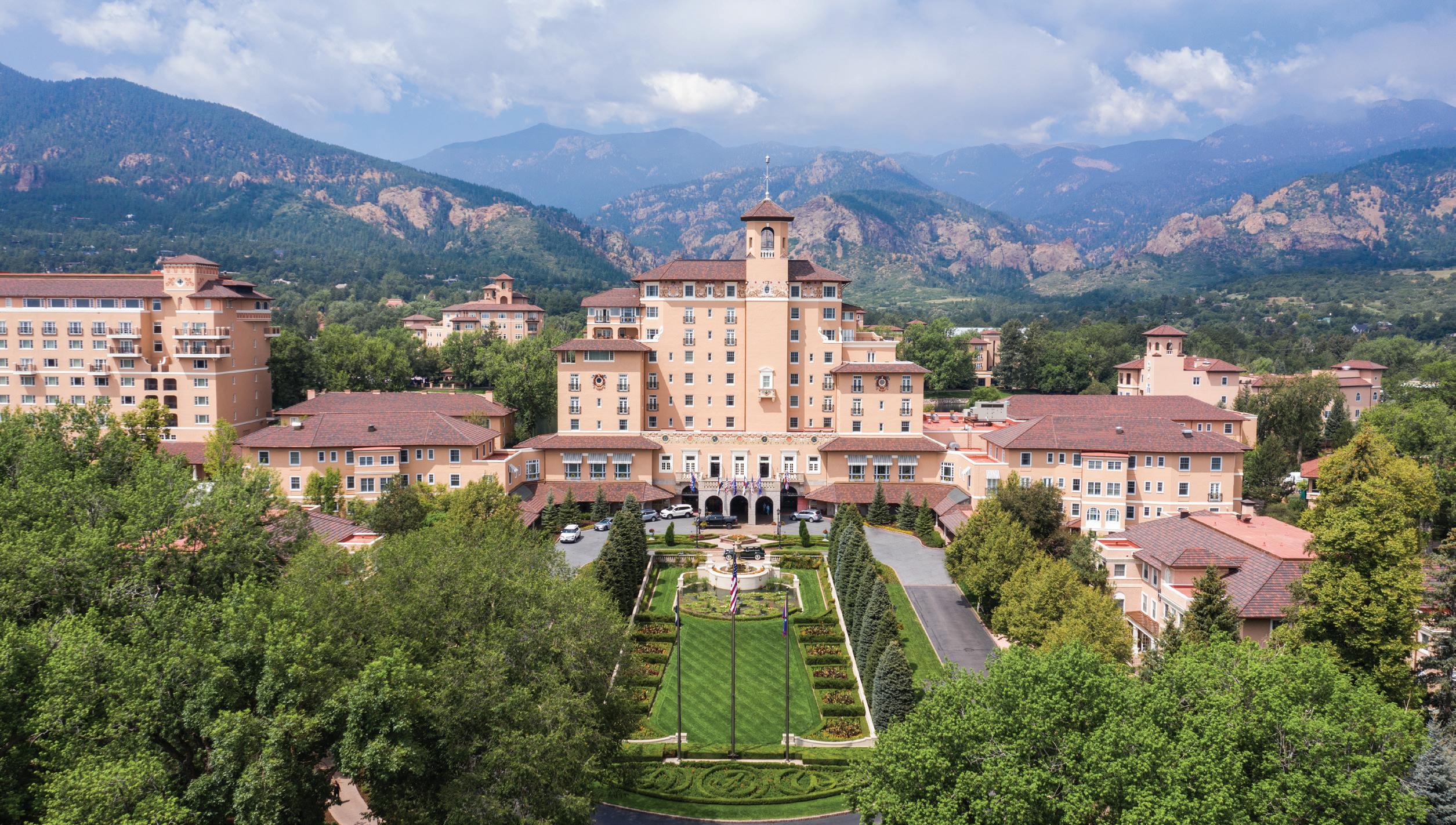
These iconic hotels make an impression with meeting groups
BY RACHEL CRICK
It’s not simply a resort’s stately architecture or its storied history that make it truly iconic. It’s the traditions it keeps, the character it embodies and the loyal following of guests who stay once and are enchanted for a lifetime.
Attendees will clamor for a chance to meet at an iconic hotel or resort to check off travel bucket-list items, but planners will love the properties because of their flawless service. From their storybook settings to their signature hospitality, these five resorts across the country have earned the designation “iconic.”
Since it opened in 1918, The Broadmoor in Colorado Springs, Colorado, has been impressing guests
with beautiful décor and incredible vistas — and especially with its top-notch service.
“It really comes down to the people,” said Krista Heinicke, public relations manager for The Broadmoor. “We train our staff to be responsive to the needs of all guests and especially group guests. You can have 315,000 square feet of meeting space and be the longest-running recipient of the AAA Five Diamond Award, but it’s more than just the brick-and-mortar of it.”
The Broadmoor’s convention center houses 200,000 square feet of the resort’s event space. In 2020, a new 125,000-square-foot exhibit hall was constructed and joined the existing three venues in the center. More recently, the 14,850-square-foot Colorado Hall and the 14,560-square-foot International Center were also added to the resort’s meeting spaces. For a more historic setting, the Main Ballroom, dating back to the resort’s opening, can seat up to 240 for a banquet. The Lake Terrace Dining Room overlooking Cheyenne Lake can host 300 for receptions. The resort’s golf club offers several venues, with spaces ranging from 2,000-square-foot indoor rooms to a 4,500-square-foot patio. Catering is handled on site, and attendees can choose from the resort’s many restaurants for a meal on their own.
In addition to its abundance of meeting space, The
Above: The Broadmoor in Colorado Springs offers more than 315,000 square feet of meeting and event space.
Broadmoor’s long list of on-site amenities is a major draw. Attendees can spend their downtime recharging at the spa, playing pickleball and tennis, and enjoying two award-winning golf courses. The Broadmoor also offers more adventurous excursions suitable for an active team-building activity, including zip-lining, falconry, white-water rafting and even a Wild West experience. broadmoor.com
With its eclectic architecture and its status as a National Historic Landmark, The Mission Inn Hotel & Spa is an enchanting backdrop for a meeting in the heart of Riverside, California. The AAA Four Diamond hotel is easily recognizable, thanks to its stunning combination of Mission Revival, Spanish Gothic and Moorish styles, including the Amistad Dome, covered in colorful, glazed Mexican tiles on the outside that houses a luxury suite inside. The hotel has 238 guest rooms, with no two exactly alike, so staying there is a different experience every time.
The Mission Inn Hotel & Spa features 20,000 square
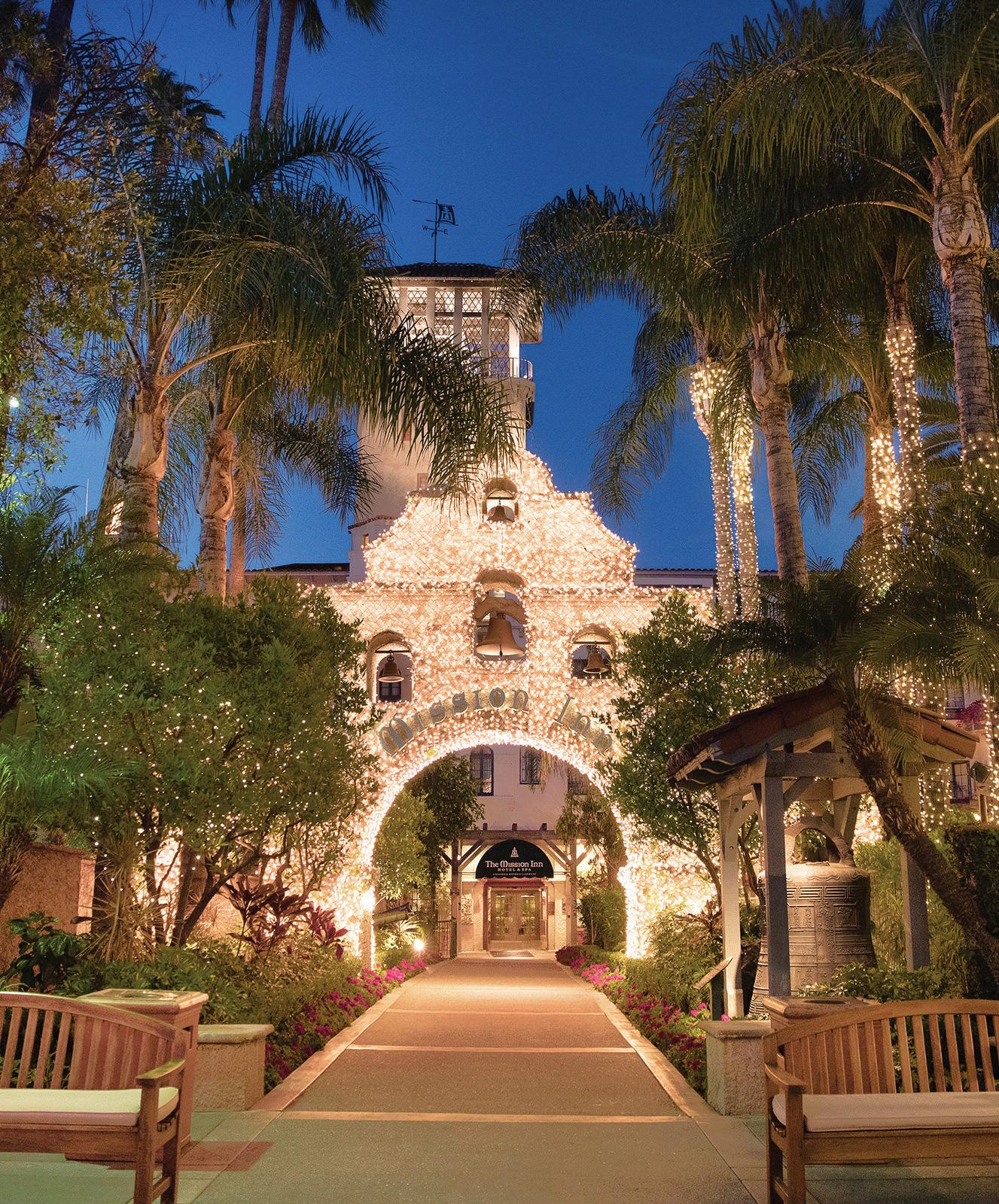
feet of meeting space. The Grand Parisian Ballroom is a 3,648-square-foot European castle-inspired hall that can seat 280 guests for a banquet. The 2,800-square-foot Spanish Art Gallery is another elegant setting, featuring high ceilings lined with art, for up to 140 guests. Smaller rooms perfect for breakout spaces include the Monterey Room, the San Diego and the San Gabriel.
The resort features several dining options, including Italian and Mexican restaurants and a wine-tasting room. In addition to comprehensive catering, specially designed culinary services are available for meeting groups. During their downtime, attendees can visit the 7,000-square-foot spa, soak in the outdoor pool and jacuzzi or take one of the hotel’s renowned guided tours to learn about its history. missioninn.com
With sweeping views of Lake Huron, the Grand Hotel is a gem on Michigan’s Mackinac Island. The hotel mirrors the island’s quaint, historic charm that’s especially prevalent during the warmer months of

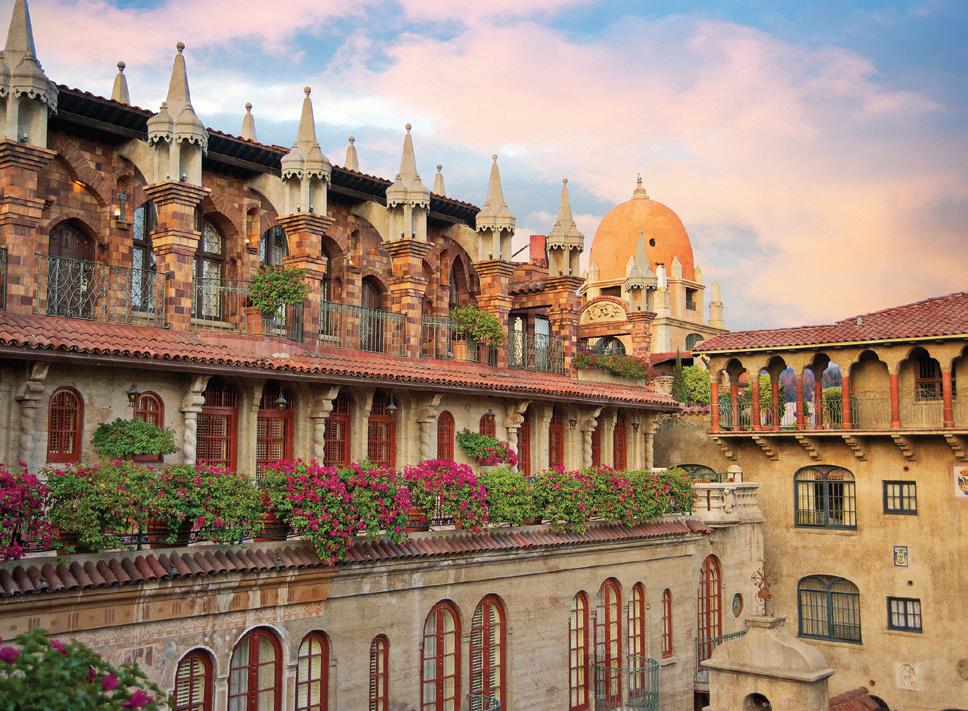
the year, earning it the moniker “America’s Summer Place.” It first opened in 1887 and is notable for its beloved architectural features, such as the three-story, 660-foot-long covered veranda, thought to be one of the longest in the world. The hotel became a National Historic Landmark in 1989, but a multimillion-dollar renovation was just completed to refresh some of its spaces on the main floor.
The hotel is open six months of the year. Transportation to the hotel from the mainland isn’t complicated; a quick ferry ride takes guests to the island, and, from there, the Grand Hotel brings guests in with horse-drawn carriage rides. That’s because part of preserving the island’s historic charm includes prohibiting motorized vehicles.
The hotel features more than 22,000 square feet of meeting space, 16,000 of which can be found spread across six rooms in the Woodfill Conference Center. The Victorian-era center’s spaces include a theater — the largest venue, which can seat up to 500 for a banquet — and several smaller rooms for everything from cocktail receptions to board meetings. Outside of the conference center, the hotel’s restaurants, porches, terraces and many other spaces can be rented for meetings, from the
1,300-square-foot Lilac Room above the pool house to the geranium-lined East Front Porch. grandhotel.com
With a history stretching back to the 1700s, The Greenbrier first attracted visitors to the mineral springs — thought to be medicinal — on the sprawling property in White Sulphur Springs, West Virginia. Later, during the Civil War, the resort was used as a hospital. The Greenbrier’s unique history doesn’t stop there. In the 1950s, to prepare for the possibility of an attack on Washington, D.C., the government constructed an underground bunker at The Greenbrier. It was kept secret for more than 30 years, but today the resort offers tours daily. That’s just one of many ways resort guests can entertain themselves.
“A lot of our groups tell us the reason they come back is because they love the variety of activities right here on our 11,000 acres,” said Greg Furlong, vice president of sales and event services at The Greenbrier. That list includes e-bike tours, carriage rides, golf, fishing, an aerial obstacle course and the 200,000-square-foot casino.
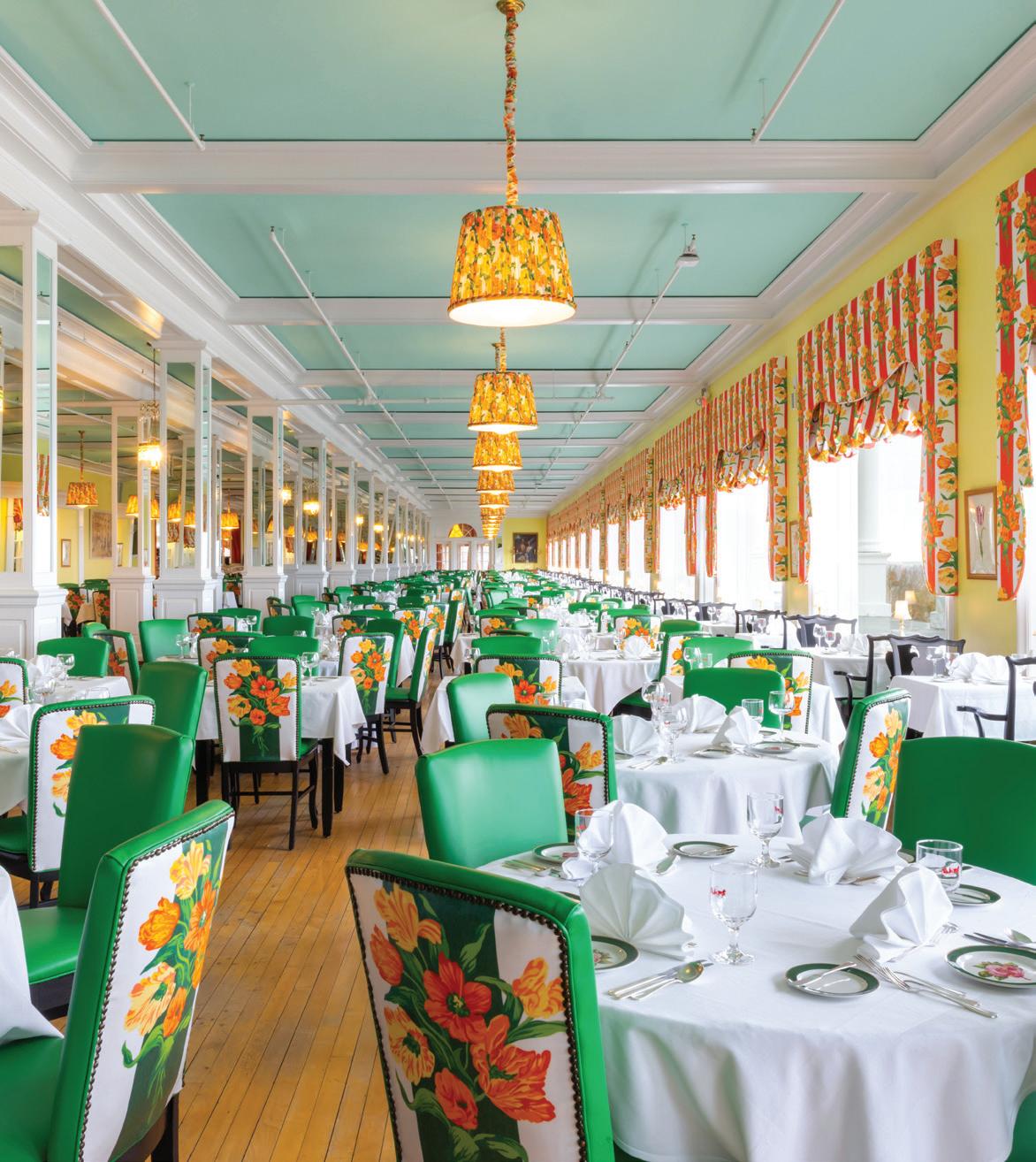


The resort’s meeting space totals 200,000 square feet and can accommodate groups of any size. The 3,040-square-foot Crystal Ballroom is a great setting for elegant banquets for up to 230. Meanwhile, Colonial Hall offers more than 16,000 square feet for up to 2,000 attendees. In addition to smaller breakout rooms, The Greenbrier has multiple terraces, lodges, a chapel and a 55,000-square-foot sports performance center. Planners can also book meeting space in the historic bunker. Catering is exclusively handled through the resort’s culinary team.
greenbrier.com
“A lot of our groups tell us the reason they come back is because they love the variety of activities right here on our 11,000 acres.”
— Greg Furlong, The Greenbrier
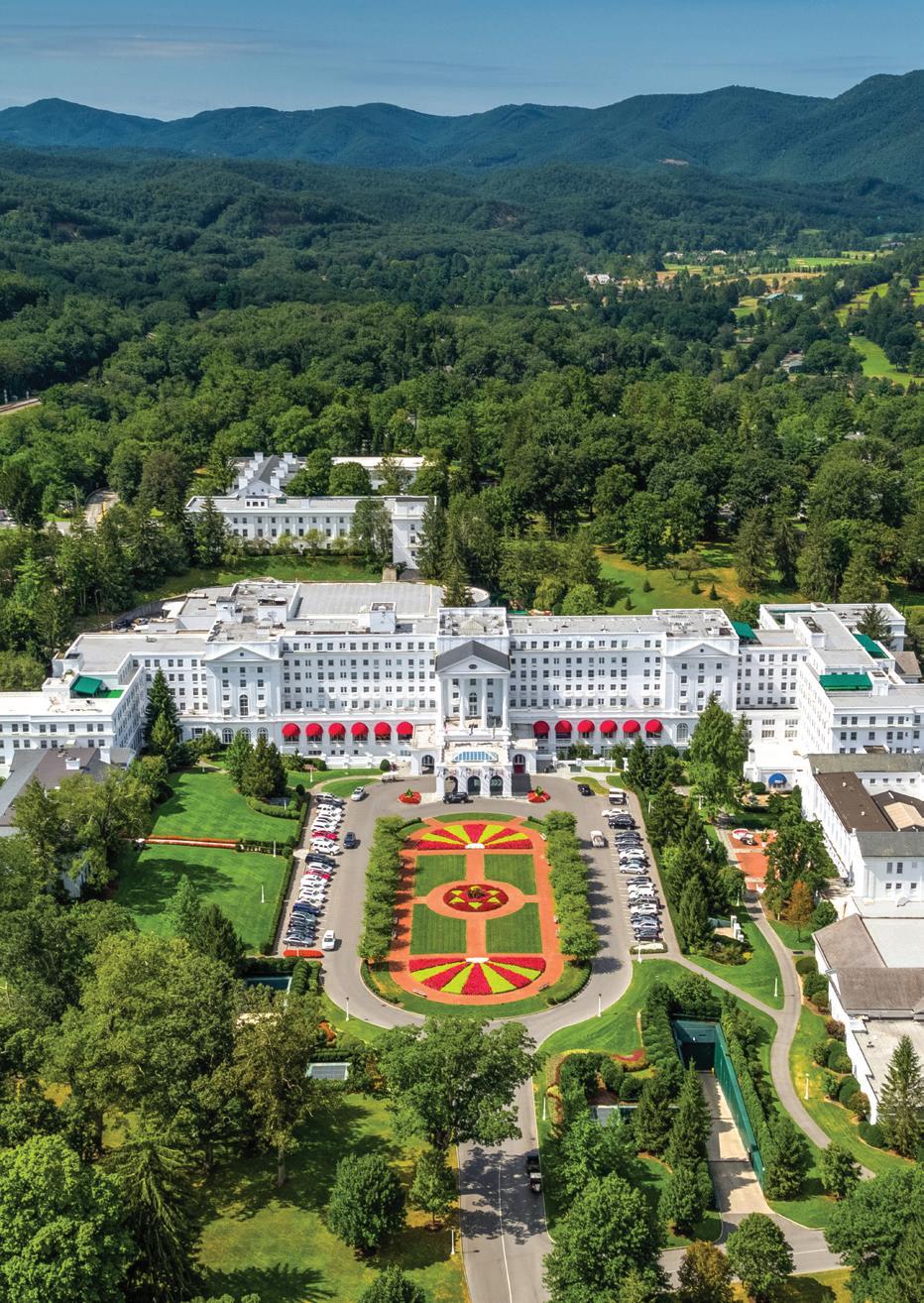
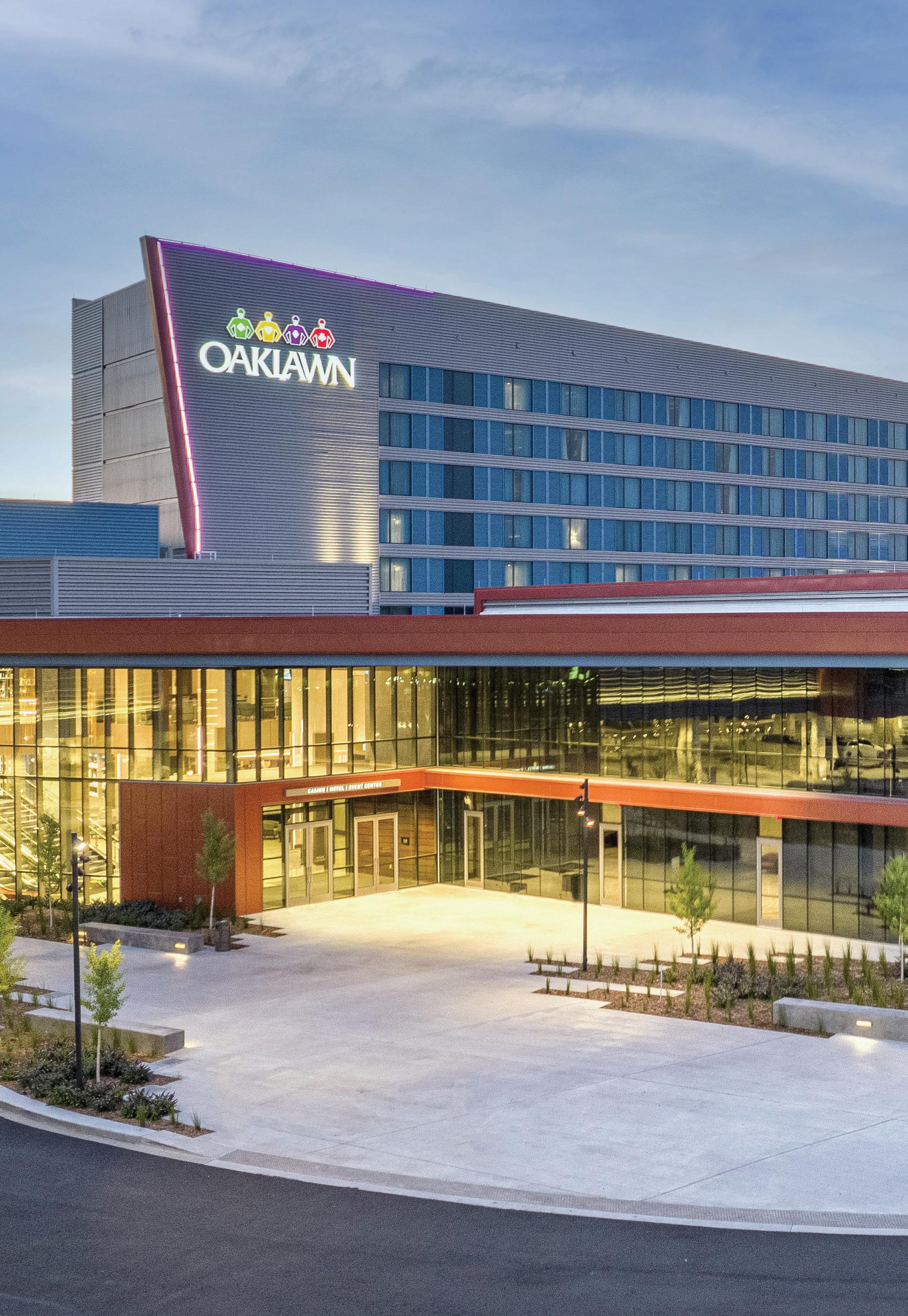
Oaklawn Hot Springs is a one-stop shop for your next meeting or convention! With a Forbes Recommended hotel, live Thoroughbred racing December through May, a 24/7, smoke-free casino, more than 18,000 square feet of flexible event space and a talented hospitality team, you’ll find everything you need for a successful, memorable meeting.
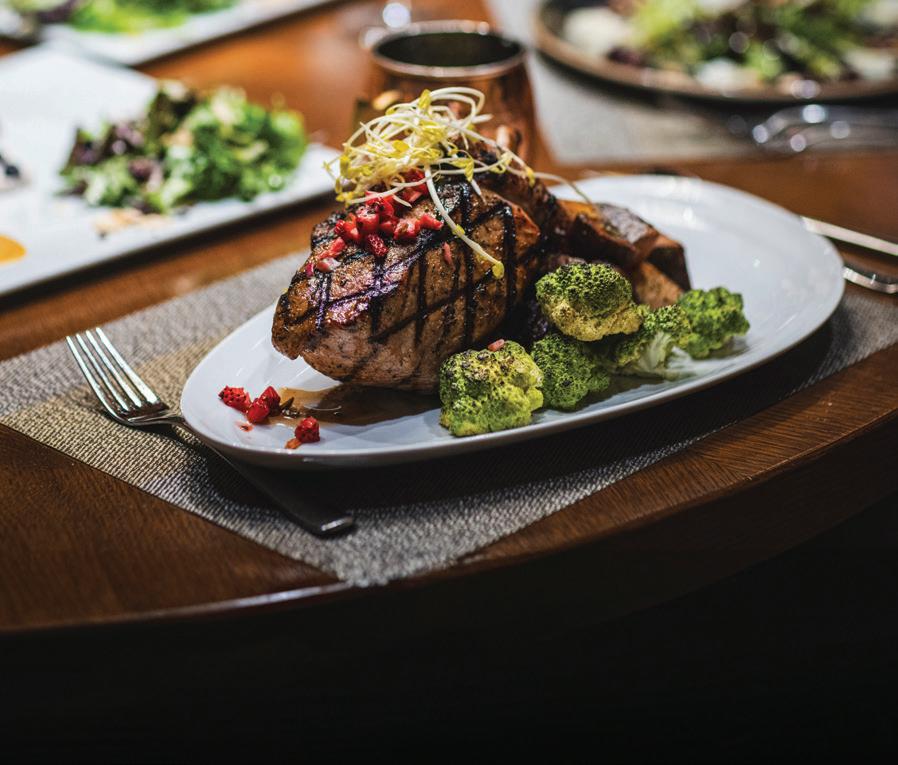

Named for the highest peak in the Northeastern U.S., the Omni Mount Washington Resort & Spa in Bretton Woods, Hew Hampshire, is notable for its red rooftops, visible against a sprawling background of mountains. Along with its beautiful vistas of the New England scenery, the property boasts opulent finishes, such as crystal chandeliers and Tiffany-style glass. With 269 guest rooms, a 25,000-square-foot spa and a long list of activities available for all seasons — indoor and outdoor heated pools, multiple championship golf courses, horseback riding and skiing, to name a few — it’s no surprise this resort keeps its guests coming back.
The property’s meeting space totals 30,000 square feet spread across nine meeting rooms. The
largest, the 6,900-square-foot Grand Ballroom, can seat up to 400 for a banquet or be divided into two smaller rooms. The smaller Presidential Ballroom, in the resort’s Presidential Wing, measures just over 3,600 square feet and is divisible into three smaller sections. There are several smaller breakout rooms, including a boardroom with excellent views of the mountains. Jewell Terrace provides nearly 6,000 square feet of outdoor rooftop event space for elegant receptions and banquets serving up to 300. In addition to those at the resort’s main property, meeting spaces are available at the Rosebrook Lodge and Bretton Arms Inn.
The resort’s main dining room, several bars and Stickney’s Restaurant offer plenty of variety for any program’s culinary needs. The property also provides A/V equipment and technicians.
omnihotels.com
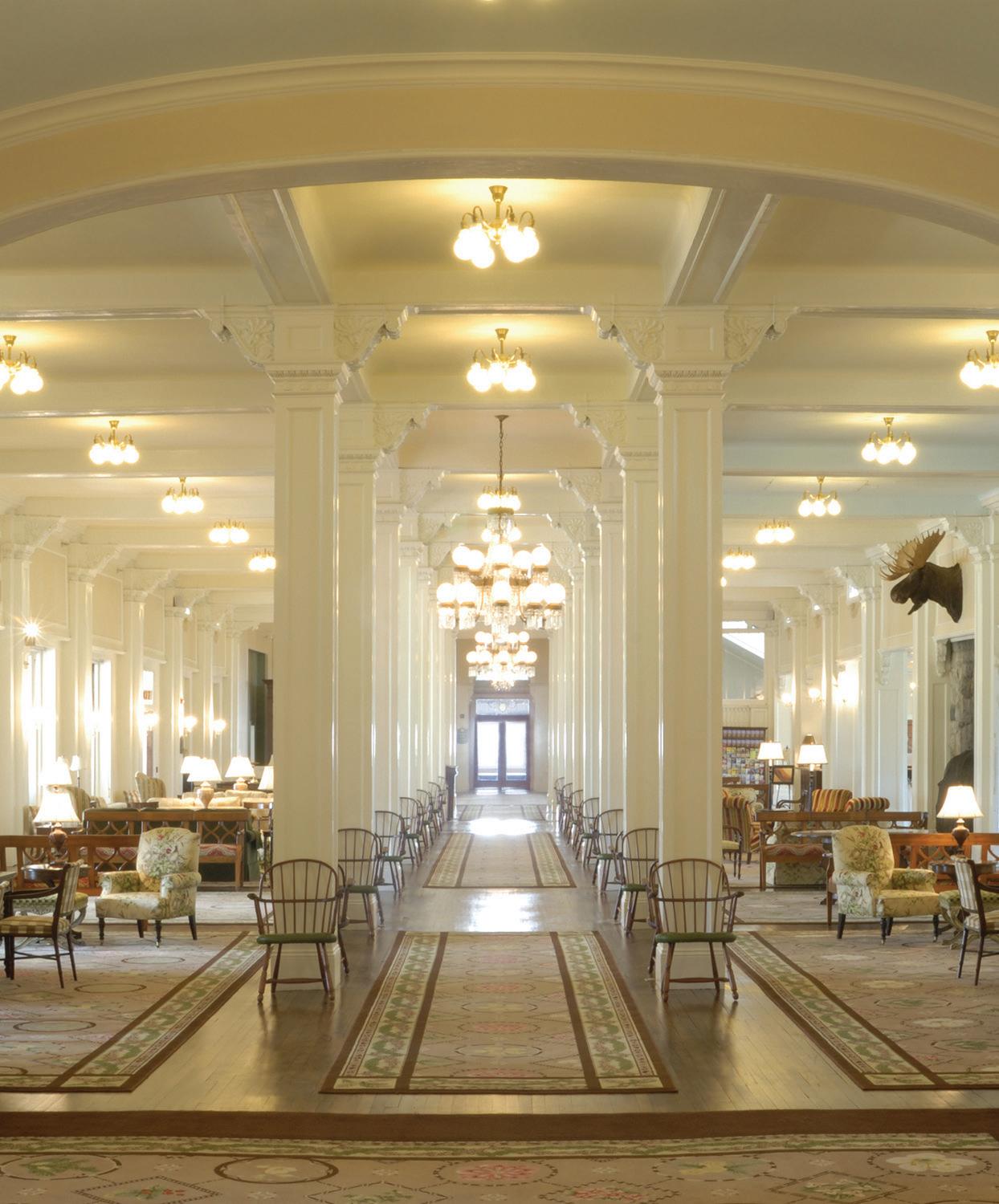
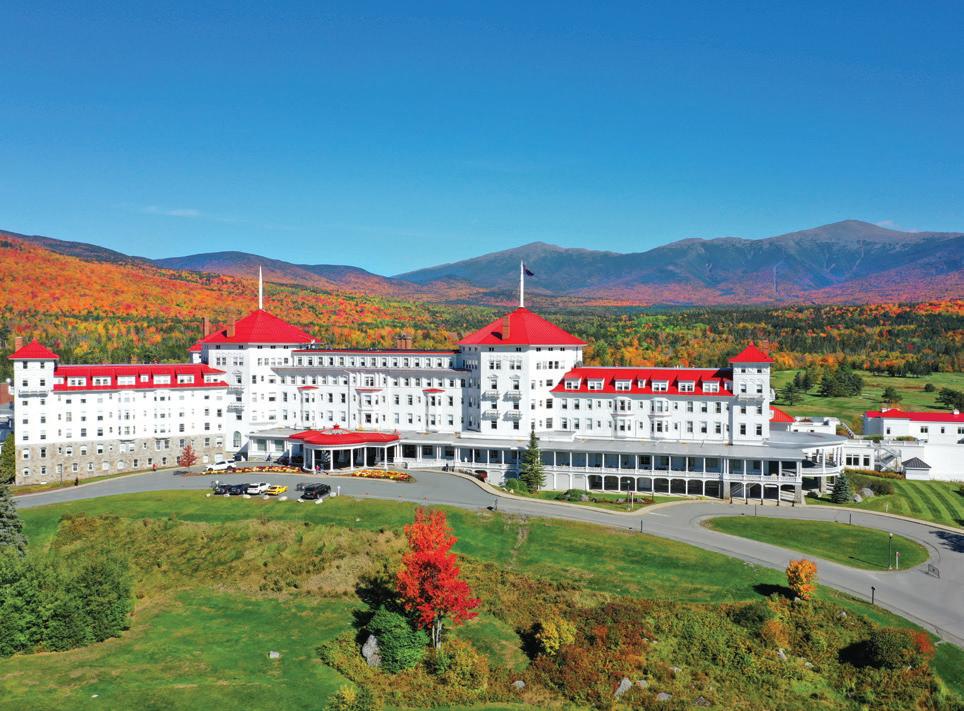




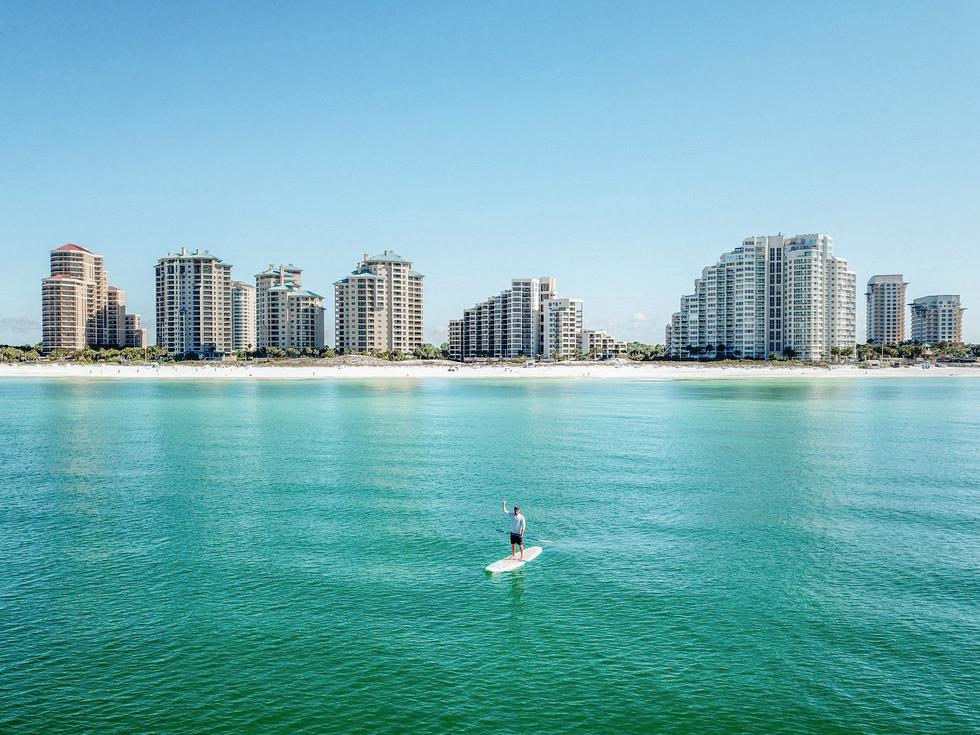
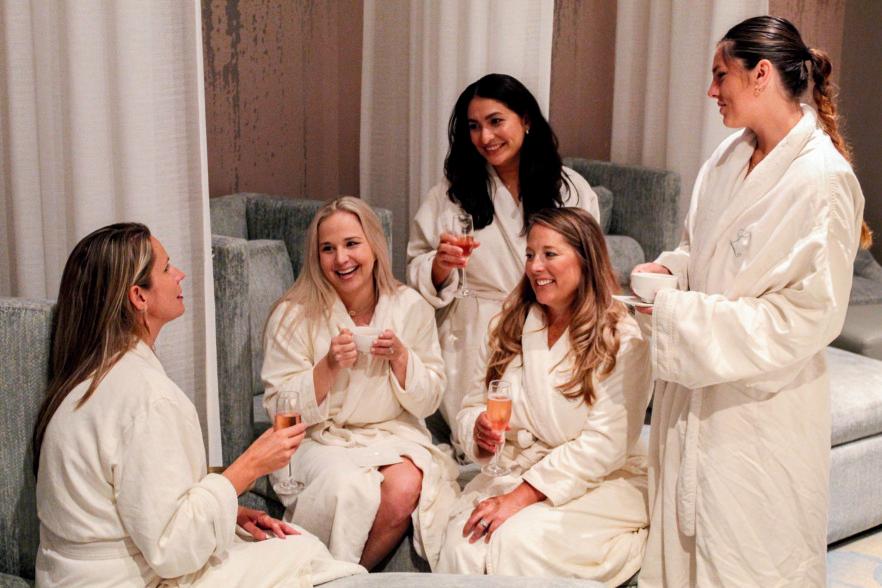

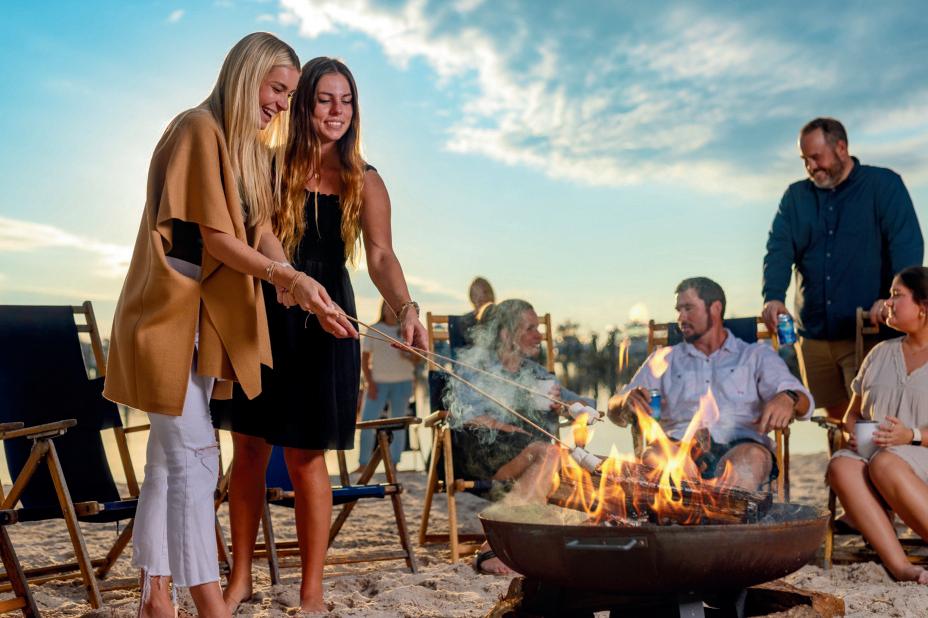
Embrace luxury and adventure at Sandestin Golf and Beach Resort, the ultimate setting for meetings and events that demand the exceptional. and 2,400-acre beachto-bay resort offer an unparalleled backdrop for every gathering. With access to four championship golf courses and team-building adventures, your event is guaranteed to inspire and delight.
Our 85,000 sq. ft. of meeting space
Sandestin’s exclusive sales team is your key to expert advice and resort access. Elevate your meeting to an extraordinary experience—contact us to plan your next event at Sandestin, where every detail invites you to surrender to the moment.
SANDESTIN.COM/GATHER | 855-842-8792
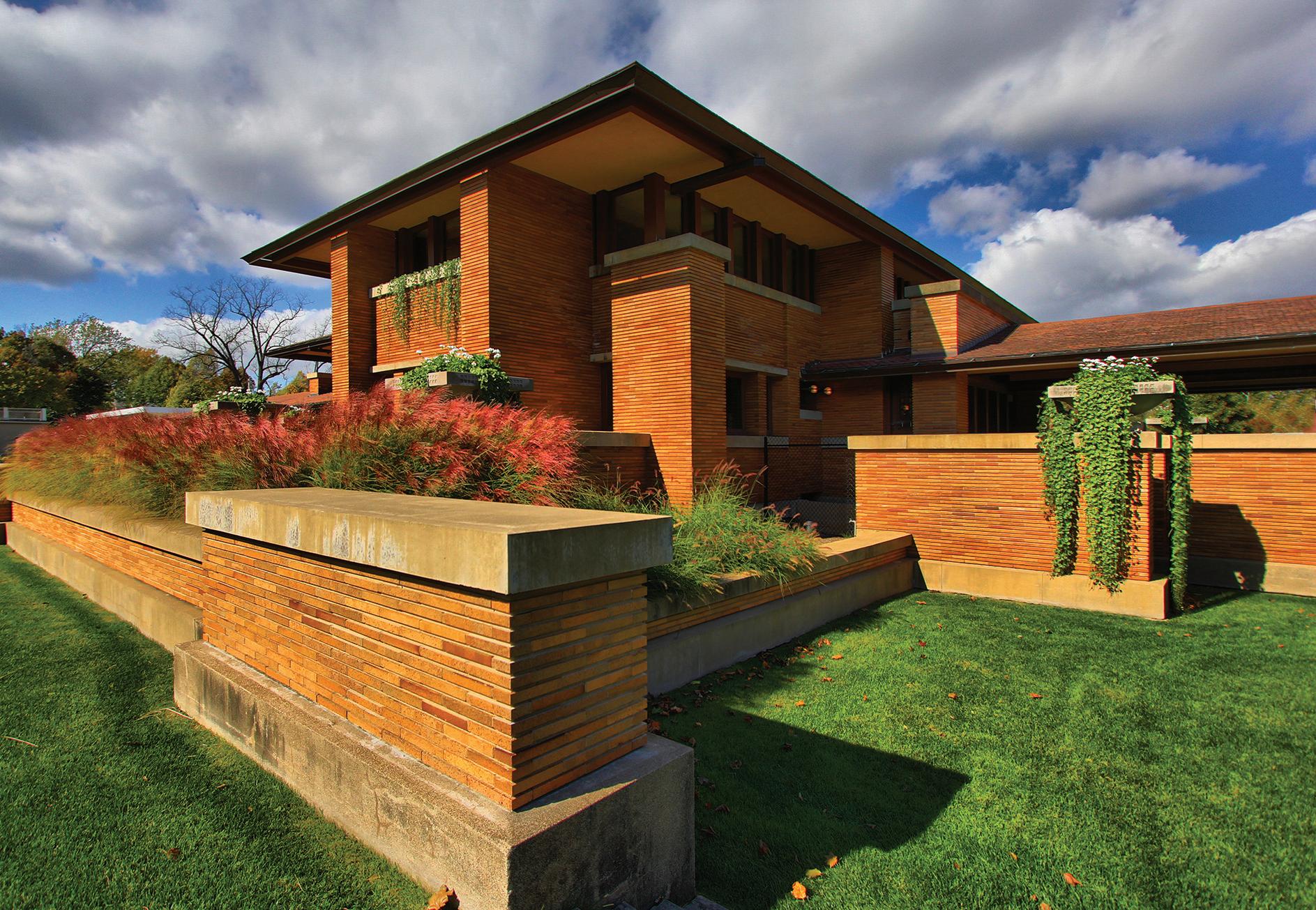





















































































































































































BY VICKIE MITCHELL
Oxford, Mississippi, is a small town with a big personality, which makes for interesting after-hours adventures and off-site event options. Here are several to consider, and the helpful staff at Visit Oxford is happy to assist with others.
Spend at least one night sampling the wide-ranging dining options clustered on or near Oxford’s downtown square. Some 15 local restaurants make dinearounds a natural at favorites like Oxford Grillhouse, Saint Leo, SoLa, McEwen’s and Kingswood. Or gather everyone at Oxford’s most famous eatery, City Grocery, where restaurant buyouts are a possibility. People come from all over to sample what sails from Chef John Currence’s award-winning kitchen. Other Currence creations are also a draw: Boure, for upscale but downhome meals, and Snackbar, where you will find the flavors of the chef’s Indian heritage blended with the traditions of Mississippi.
Make reservations for a tour and tasting at Wonderbird Spirits, a field-to-bottle gin distillery eight minutes south of Oxford. Wonderbird uses native botanicals like red clover and Southern magnolia to give its spirits the flavor of Mississippi. Downtown, the Lyric — once a movie theater where William Faulkner watched one of his novels come to life — is now a flexible event space for anything from concerts and lectures to dinners and receptions.
Nadia
Thornton Director of Sales and Marketing
662-232-2477
nadia@visitoxfordms.com visitoxfordms.com
See how novelist William Faulkner lived during a tour of Rowan Oak, a handsome white Colonial where he and his family lived for 30 years. The home never left the family’s hands before it was sold to the University of Mississippi so it is filled with family treasures like Faulkner’s typewriter and riding boots and portraits painted by his mother, a talented artist. A 20-minute walk from the house through Bailey Woods leads to the university’s museum, where groups can take tours. Keeping to the literary vein, groups might visit Faulkner’s grave, leaving a small bottle of bourbon, the writer’s favorite, or visit Square Books, stocked with Faulkner novels.
The University of Mississippi is known for its spirited sports traditions, so a visit to campus might be in order. Visitors can certainly tour on their own, or the Visit Oxford team can assist with arranging a guided tour. When the football stadium and basketball arena aren’t being used for games or other school events, planners might book suites and other premium venues for their off-site events.
The nearest major airport is Memphis International. It’s about a 90-minute drive from there to Oxford — about the time it takes to get from one side of Atlanta to the other. The CVB can supply information about motorcoaches or other transportation options from the Memphis airport. For those driving in, Oxford is 25 miles east of I-55, which links Memphis and St. Louis to the north and Jackson, Mississippi, and New Orleans to the south.
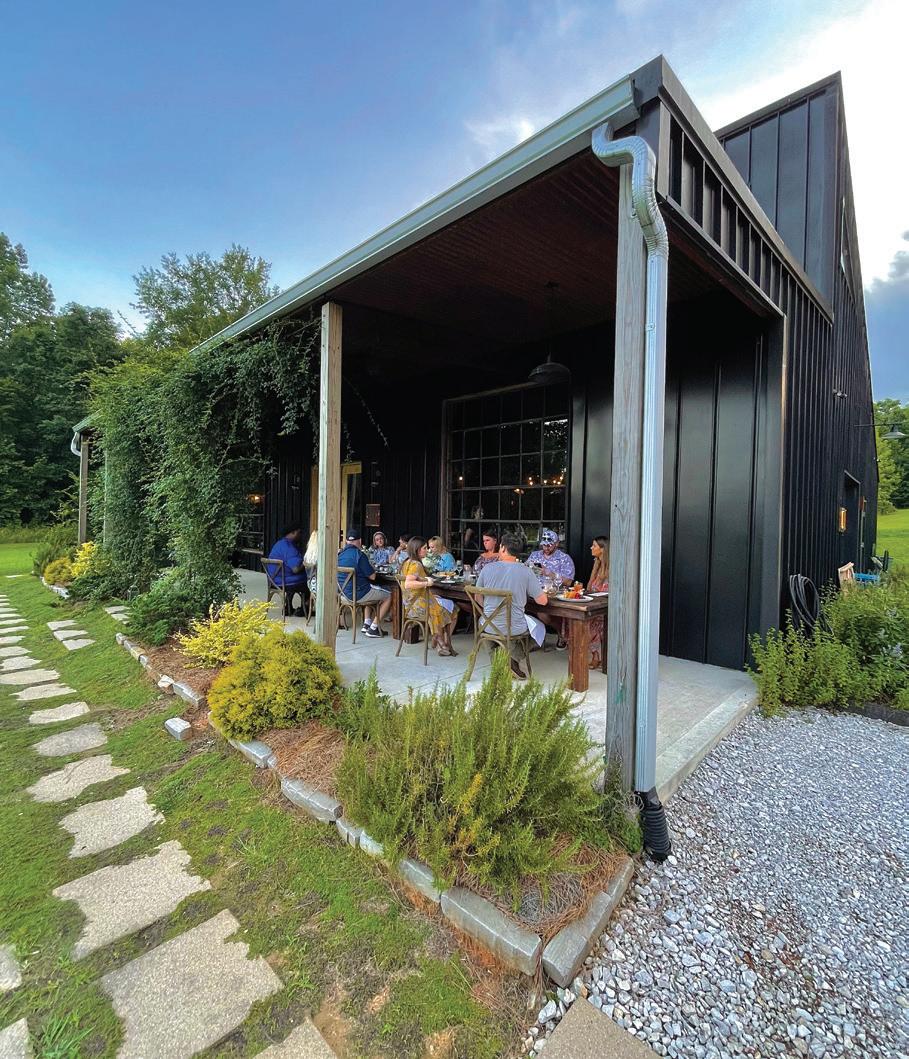

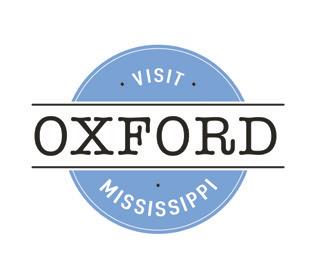

FBY ZACH CHOUTEAU
or planners seeking something a bit different, Shipshewana, Indiana, delivers a warm, culturally infused setting designed for memorable meetings and events.
“We’re the third-largest Amish settlement in America and really have a unique and beautiful culture here,” said Judy McConnell, group sales manager with Visit Shipshewana. “Our people are a little bit different in that they love having visitors and tourists — it’s integrated into our society. We’re committed to protecting the Amish heritage and our safe, warm, cozy, agricultural community.”
McConnell said that Shipshewana, located near Indiana’s northern border, attracts more than 2.5 million visitors a year. The community is a magnet for all sorts of groups ranging from quilting aficionados to corporate retreats. Various banks, numerous church groups and AAA have also embraced the locale for meetings and events.
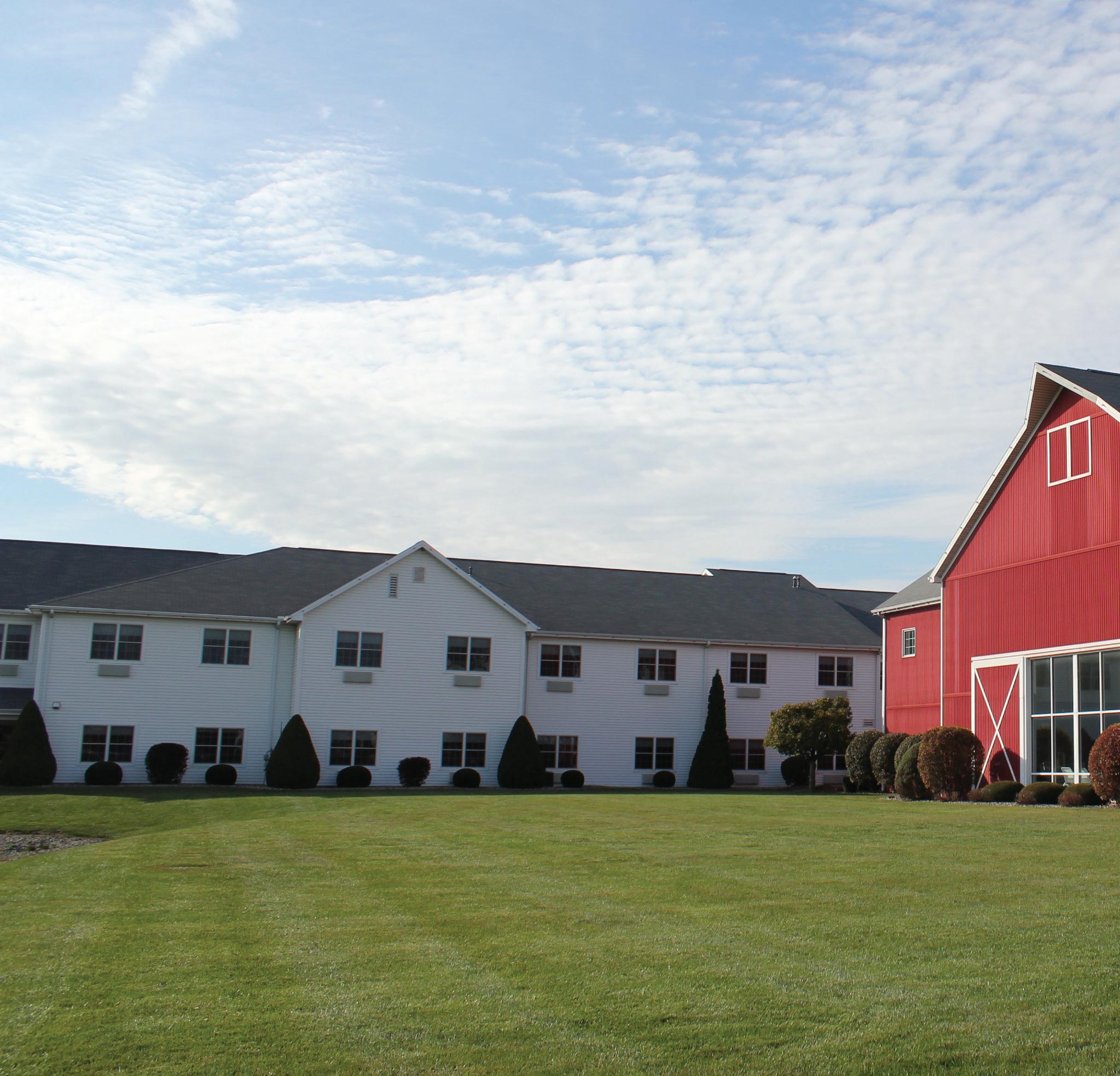
“We love groups here and are designed with groups in mind, with easy parking and walkability,” she said. “It feels like a perfect destination for people looking for something comfortable.”
Unlike some hubs of Amish life in Pennsylvania and Ohio, this intriguing farm-focused culture is interwoven throughout the community’s general populace, making it extremely accessible. This adds a unique flavor for group dining and other events and experiences — and even for downtime diversions that attendees can explore on their own.
Attendees coming to Shipshewana feel like they’ve been transported to a simpler time and place, with the Amish culture infused into almost every experience, whether it’s an authentic group dining affair, shopping excursion or one of the various treks and tours that are so abundant.
McConnell added that while the community is at its most popular for groups during the summertime, it’s a four-season setting that is also known for its spectacular holiday decorations. This is highlighted by a two-mile stretch known as Lights of Joy, where nearly 3 million LED lights are on display.
While the wholesome community is technically a dry town, event planners can serve alcohol via a licensed third-party caterer.

SHIPSHEWANA’S
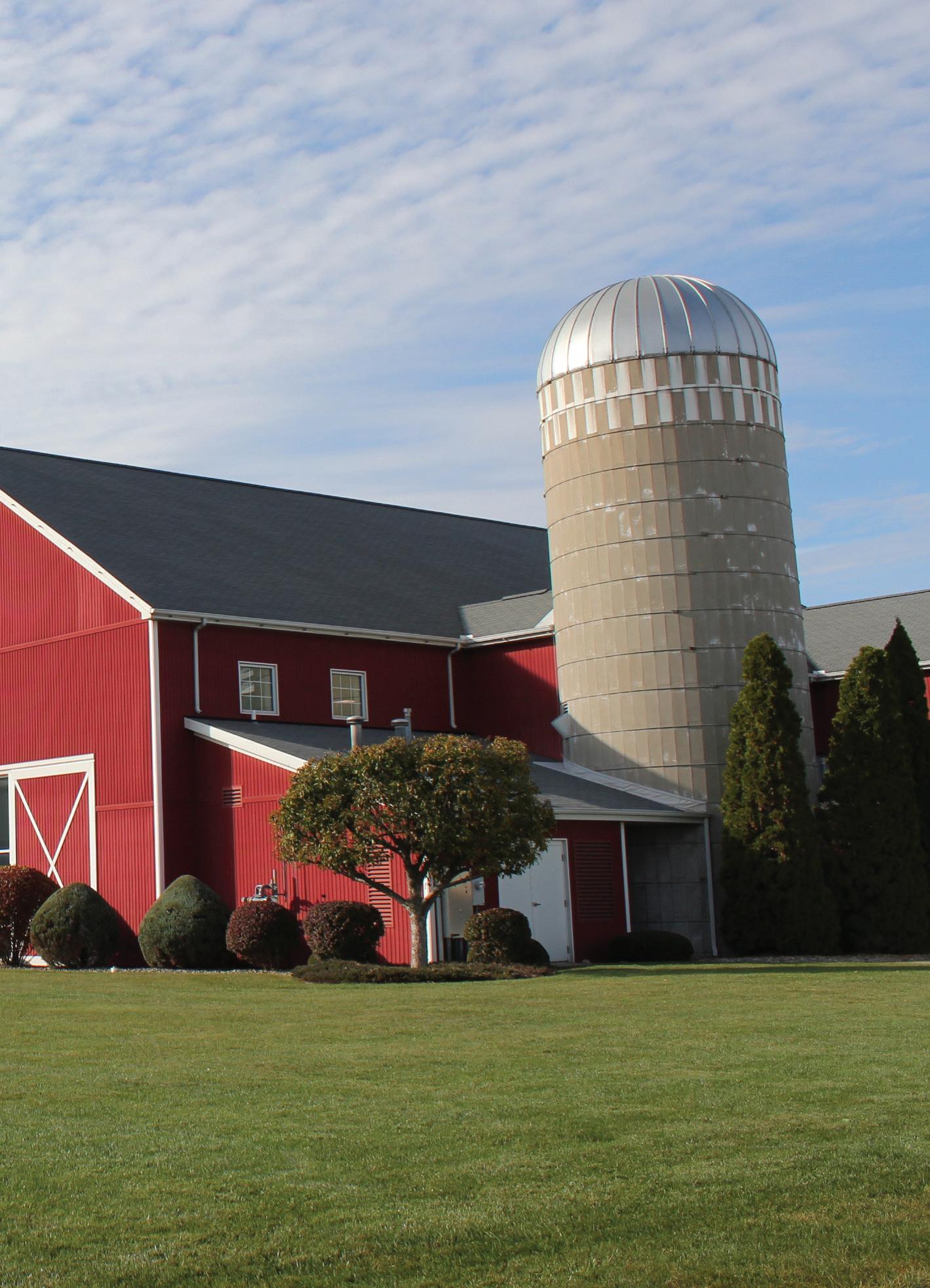

Shipshewana has three hotels with strong group appeal. Blue Gate Garden Inn & Conference Center has 154 guest rooms, amenities that include a large indoor pool and small arcade, and a variety of event spaces. The 3,000-square-foot Magnolia Room is the hotel’s largest venue with capacity for up to 300 attendees theater-style and 230 for banquets.
Another attractive option is the Farmstead Inn & Conference Center, similarly sized with 151 guest rooms, various meeting rooms and even larger venues, like a 30,000-square-foot expo barn and 9,300-squarefoot event pavilion. Other amenities include a three-story atrium space with fireplaces, an indoor swimming pool and a hot tub within a barnstyled silo. Finally, the 86-guest room Van Buren Hotel is a promising pick for smaller groups, with a pair of meeting rooms, each with space for 100 guests for theater- or conference-style functions.
For planners needing more space than the local hotels provide, the Michiana Event Center (MEC) is a large venue playing frequent host to everything from trade shows to rodeos. It offers over 150,000 square feet of space, including an indoor equine driving arena and concert auditorium. The MEC is a hot spot for gatherings of all kinds and has attracted events like bull-riding tours, craft festivals, Christmas celebrations and large banquets.
Another popular setting for a group function is the iconic Blue Gate Restaurant and Theatre, with impressive dining spaces that include a Garden Room able to host up to 144 for banquets. Adjacent to the restaurant, Blue Gate Music Hall can seat 300 and has welcomed numerous live musical acts — Donnie and Marie Osmond have performed here — and other entertainment. Less than a mile down the street, next to the Blue Gate Garden Inn, the Blue Gate Performing Arts Center can seat 1,500 guests.
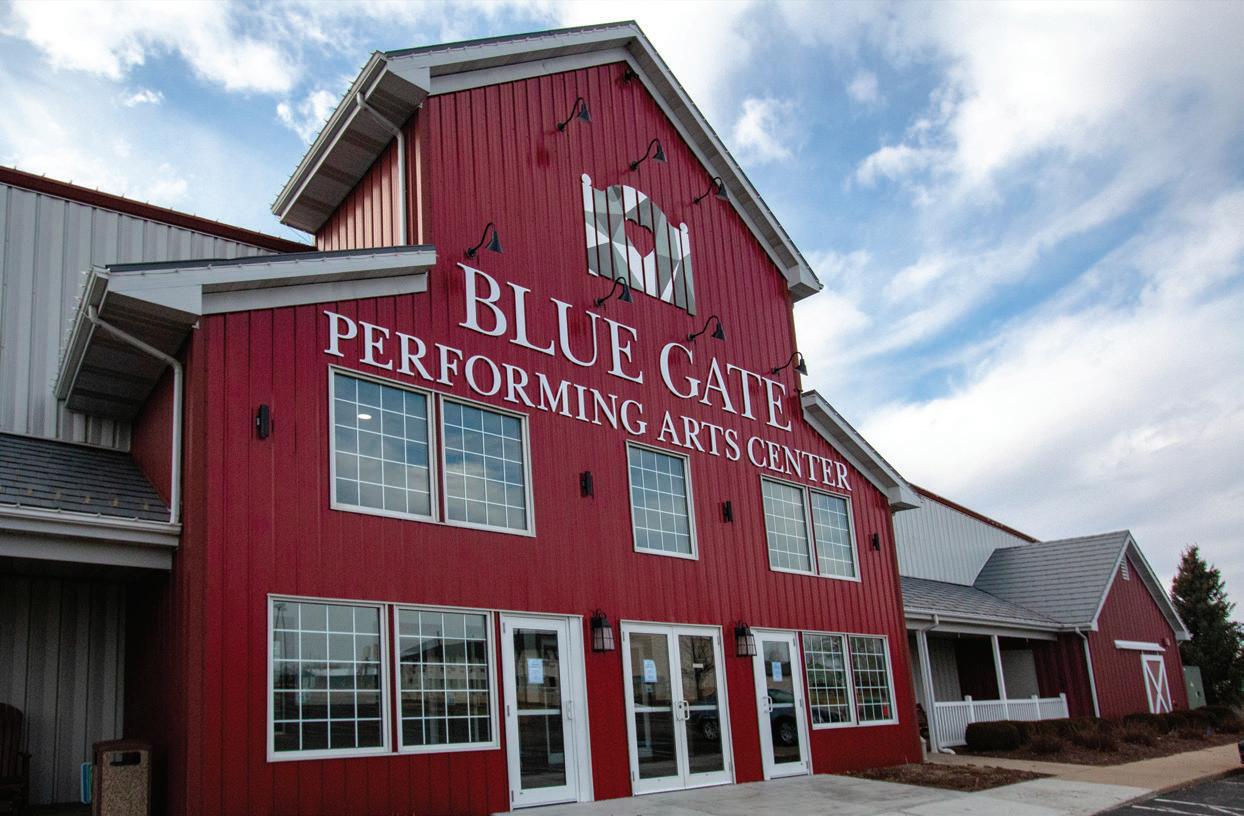
Retail lovers will find lots of shopping options in Shipshewana, including a bustling seasonal flea market — reportedly the largest in the Midwest — that covers 40 acres and boasts over 600 vendors, as well as a downtown strip known as the Mega Mile, which is home to over 100 singular shops of all kinds.
Many of the shops in town offer artisanal products made by the Amish community. Homemade jams, handcrafted clothing and ample antique offerings are at the heart of it all, and attendees will appreciate the singular treasures that let them bring home an authentic souvenir of the area. An appealing one-stop retail option is Davis Mercantile, with 21 shops spread across four floors in a former hotel built in 1891.
Attendees can also explore the area’s fascinating culture at the Menno-Hof visitors center, an interactive and immersive museum capturing the Amish and Mennonite heritage.
One possibility planners should consider is the traditional group meals that offer a true taste of the local food as well as its culture.
“Five certified Amish homes host traditional meals, including The Carriage House that can host up to about 220 guests and has amazing food,” McConnell said.
The dining experience at The Carriage House in neighboring Topeka is a warm, authentic Amish gathering where guests enjoy family-style meals in a welcoming atmosphere. The homestyle meals are presented in plentiful portions, usually centered on traditional Amish dishes, such as fried chicken and homemade noodles.
Beyond the food, the experience can include quilting bees, pastry baking and cooking demos, showcasing an immersive window into Amish traditions.
For groups, Visit Shipshewana can customize tours with stops and experiences and also offers specific itineraries, such as Once Upon a Farm, Roll a Pretzel, Basket Making, Feeding a Bison and other options. These customized tours make group outings easy and manageable and can include a local expert guide who has substantial area knowledge to share.
Smaller groups seeking some serene sightseeing should consider a horse-and-buggy outing like those offered by Buggy Lane Tours, stationed at the town’s downtown boardwalk. The Amish-owned outfit provides a range of authentic horse-and-carriage excursions that run the gamut from eight-minute saunters through Shipshewana to halfhour narrated treks and full-blown working farm tours that include an Amish-Mennonite “thresher” dinner — a traditional communal affair shared with farm workers after a day of threshing grain.

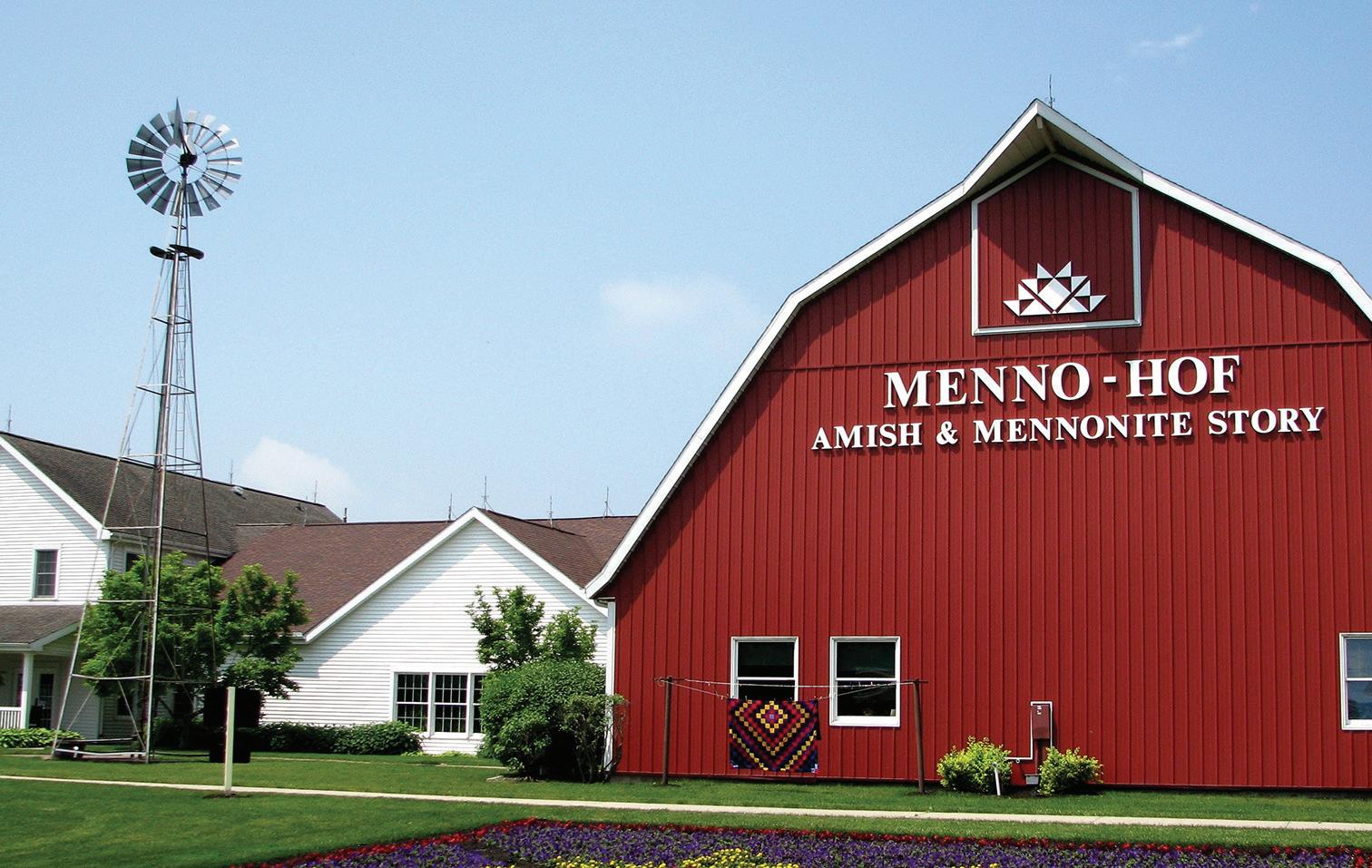
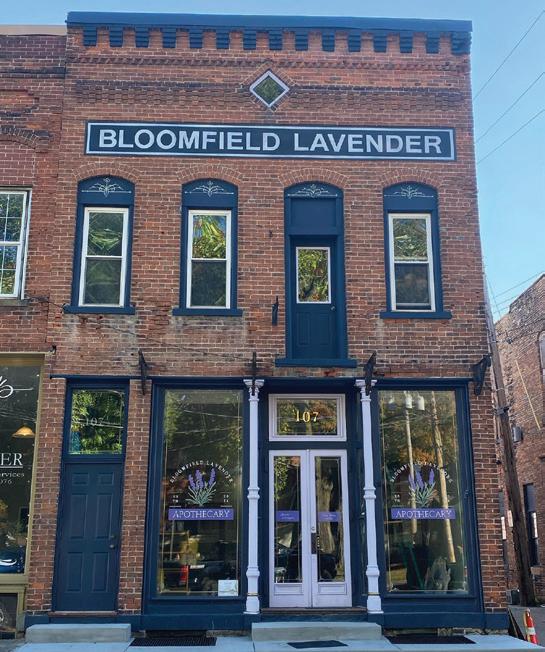
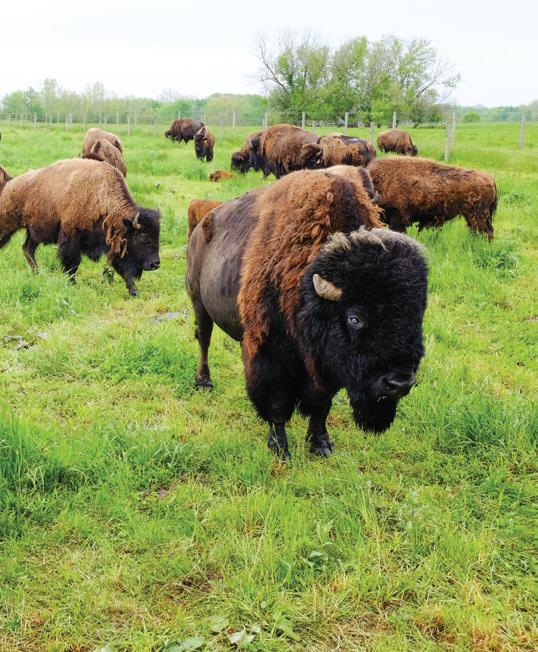
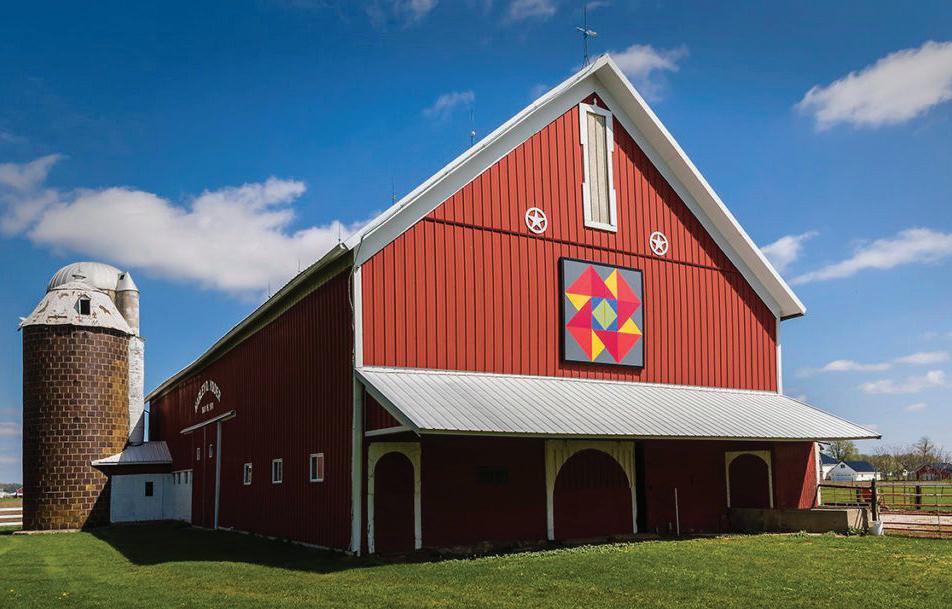


FOR PLANNERS:
» Full in-house Sales, Event Management, AV Technology, F&B, and Host services
» 225,000 sf of beautifully appointed space
» 18 versatile, fully appointed event spaces and intuitive floor plans
» 4 downtown full service comfortable hotels with garage parking
» Award winning service
» S AVE UP TO 15% vs. comparable cities!
FOR ATTENDEES:
» Walkable, safe, enjoyable downtown
» 60+ walk-to restaurants, pubs, cafes, coffee & dessert houses
» Boutique shopping; live entertainment; vibrant arts & attractions
» R iverfront parks, trails, and activities for all ages and abilities
» Easy M idwest drive-to destination; Easy by air via FWA




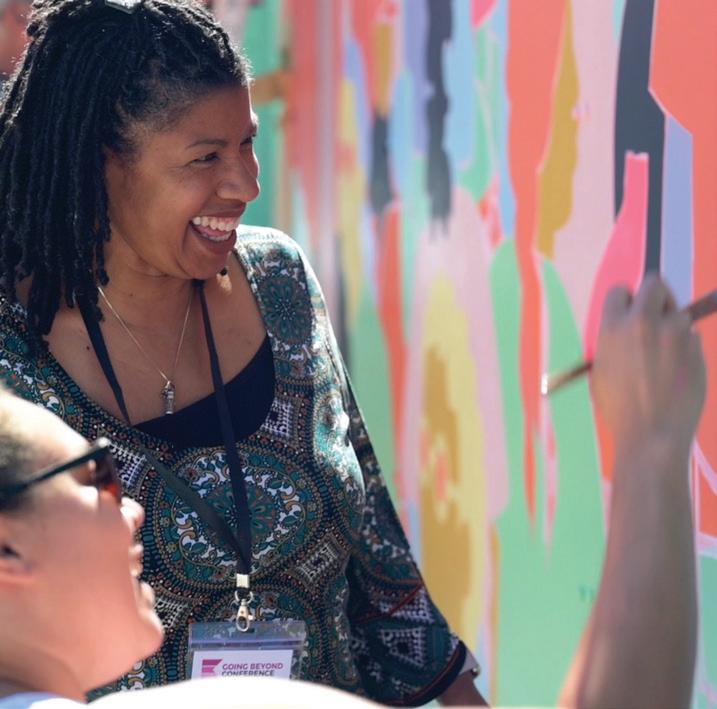
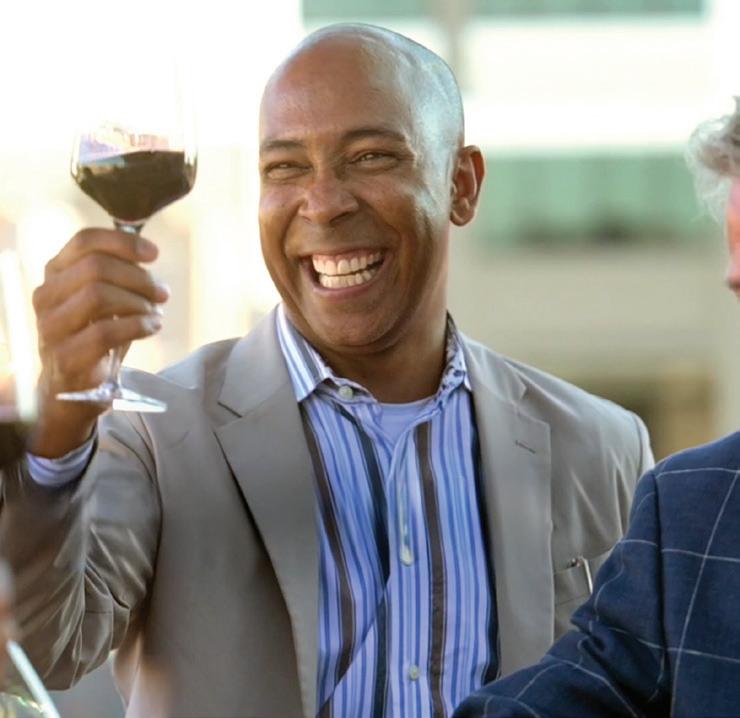

BY PAULA AVEN GLADYCH
Meeting planners don’t have to stay in the Twin Cities to enjoy everything the state has to offer. These smaller Minnesota towns boast the same full-service amenities that the larger cities promote along with a hefty dose of outdoor adventure, entertainment, history, culture, and world-class shopping and dining.
ation opportunities, including an extensive trail system for hiking and biking that allows visitors to explore lakes, woodlands, wetlands and waterways.
Carver Lake Park and Beach features a swim beach, picnic areas and trails for hiking and biking. There are two golf courses in the area: the 18-hole Eagle Valley Golf Course and Prestwick Golf Club, which offers a par-72 championship course. Eagle Valley’s banquet room is a picturesque setting for seated meals for up to 140 guests or for smaller meetings.
M Health Fairview Sports Center is a hub for recreational sports, including hockey, soccer, lacrosse, baseball and football. The facility’s 90,000-square-foot field house can host larger groups as well as expos. There is an upper-level conference room and a lower-level multipurpose room that can accommodate smaller groups.
Central Park in downtown Woodbury is scheduled to reopen this fall after a multimillion-dollar renovation. The park will offer about 4,000 square feet of meeting space
that can host up to 325 for a banquet. It will also have an outdoor amphitheater that can seat 175.
Woodbury has 1,035 hotel rooms. It is 17 miles from the Minneapolis-St. Paul International Airport and only a few miles from the Wisconsin border. Sheraton St. Paul Woodbury Hotel has 2,433 square feet of meeting space in five rooms. Courtyard St. Paul Woodbury has two meeting rooms with 3,315 square feet of space. destinationwoodbury.com
About 75 miles south of Minneapolis, Mankato prides itself on its small-town charm and welcoming atmosphere. Located at the confluence of the Minnesota and Blue Earth rivers, the city has a thriving arts community that includes beautiful murals and an extensive outdoor sculpture program. Mankato is also known for its silo art: a massive mural painted on the historic Ardent Mills silos that tells the story of greater Mankato.
Meeting groups can organize a walking sculpture tour or a public art tour to spot all the unique art projects that pepper the city. Minneopa State Park is another big draw, with its two-tiered waterfall, historic grist mill and bison herd.
The Mayo Clinic Health System Event Center is the largest conference venue in Mankato, with 70,000 square feet of flexible meeting space, 50,000 square feet of exhibit space, 15 meeting rooms and up to 25 meeting rooms in the City Center Campus. The Hilton Garden Inn Mankato Downtown offers 270 hotel rooms connected to the center via skyway.
The Venue has 12,000 square feet of space that can host 350 for a banquet. The facility offers fun team-building activities, such as duck-pin bowling, an on-site arcade and golf simulators.
Sky One Eleven is an event space that can host groups of up to 200 and offers 360-degree views of the city. It is located on the top floor of the Eide Bailly Tower in the heart of Mankato City Center. The Greater Mankato area currently has 1,156 hotel rooms and expects to have 550 to 650 more by 2027.
greatermankato.com
The Brooklyns — Brooklyn Park and Brooklyn Center — are two smaller, diverse cities about a 15-minute drive from downtown Minneapolis. Because of their diversity, they are famous for their mom-and-pop restaurants that feature food from a variety of cultures, including Chinese and Jamaican cuisine.
Minneapolis Marriott Northwest in Brooklyn Park is the largest venue in the area with 230 guest rooms and 62,203 square feet of flexible meeting space. The largest room can accommodate up to 800 guests. The facility has 34 breakout rooms.
Heritage Center Conference & Event Center in Brooklyn Center has 40,000 square feet of space. It used to be a prominent country estate and is now an event venue that can host groups of up to 1,000 in its indoor and outdoor spaces. The Courtyard can host picnics, expos and receptions for up to 3,000 guests. The
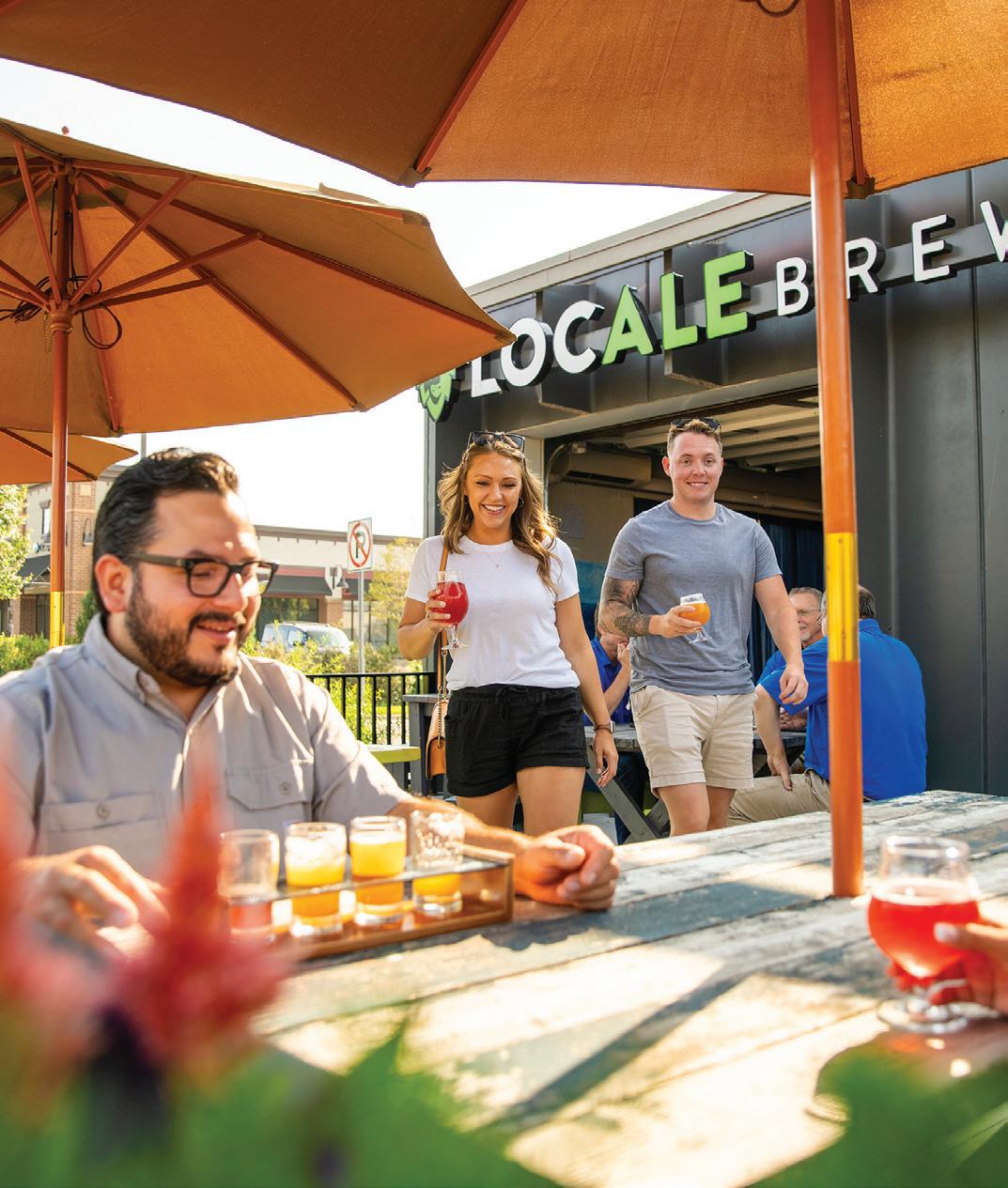
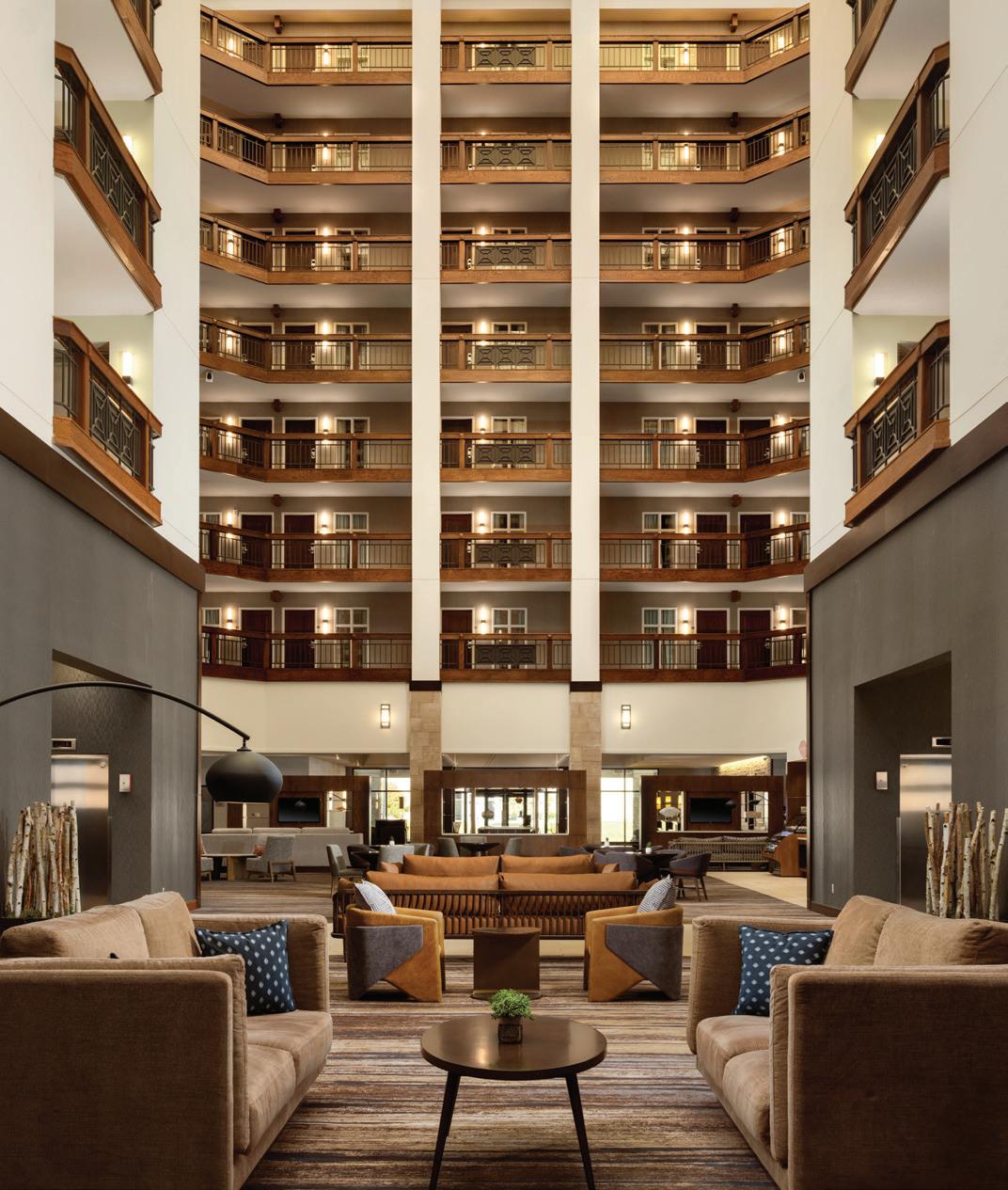
Carriage Hall is a column-free space that can accommodate up to 1,200. The Garden City Ballroom can host 330 for a banquet and offers a private patio and Courtyard access.
Embassy Suites by Hilton Minneapolis North is adjacent to the Heritage Center and offers 175 guest rooms and 3,236 square feet of event space. Leopold’s Mississippi Gardens Event Center sits on the Mississippi River in Brooklyn Park. It features a 5,062-square-foot ballroom with a river view that can host 260 in theater-style seating.
For fun, meeting groups can purchase tickets to a Minnesota Twins or Minnesota Vikings game or book a round of golf at Edinburgh USA golf course. Topgolf and the Skaalvenn Distillery & Cocktail Bar also make great off-site venues.
minneapolisnorthwest.com
Maple Grove is conveniently located near several main arteries that run out of Minneapolis and travel north to the lake country of Minnesota. It is close enough to the Twin Cities and St. Cloud that attendees can take advantage of everything those cities have to offer in the way of culture and entertainment. The city is known for its extensive restaurant scene and for having the second-largest retail footprint in Minnesota, behind Mall of America.
Maple Grove has 10 hotel properties with meeting space, including Cambria Suites with 2,500 square feet and Holiday Inn & Suites Arbor Lakes with 1,900 square feet of meeting space.
Maple Grove Community Center can accommodate up to 250 in its banquet room and has event spaces that can serve smaller groups.
Central Park has a pavilion and open space that can be rented to groups, and Rush Creek Golf Course can host up to 300 with multiple breakout rooms.
For fun, Maple Grove has several entertainment options that work well for groups, including Pints & Paddle, a taproom, kitchen and pickleball facility with 10 indoor courts, and WhirlyBall Twin Cities, which combines bumper cars, basketball and jai alai for a competitive team-building experience.
Elm Creek Park Reserve has walking, biking and hiking trails. In winter, it offers snowboarding, cross-country skiing and tubing. There are also multiple lakes nearby for boating and fishing. experiencemaplegrove.com
St. Cloud owes some of its premier attractions to its history in granite mining. The Ledge Amphitheater is an outdoor concert venue that can accommodate 6,000 guests. It was built between two former granite quarries in Waite Park and is known to attract big-name acts.
Quarry Park & Nature Preserve sits on 360 acres with multiple quarry sites located within that serve as rock-climbing destinations and swimming holes. There are hiking and biking trails throughout, and visitors can fish and even scuba dive. In the winter, the area attracts cross-country skiers and snowshoers.
River’s Edge Convention Center in downtown St. Cloud overlooks the Mississippi River. It features 150,000 square feet and offers access to outdoor event spaces. It is connected to a 229-room Best Western, which can host up to 450 guests for an event, and a Courtyard by Marriott that has 103 rooms and 2,800 square feet of event space.
The Park Event Center in the Waite Park area offers 18,171 square feet of event space for up to 800 guests. It is connected to a 100-room Residence Inn by Marriott and a 99-room Hilton Garden Inn. It can be paired with The Ledge Amphitheater for unique evening events.
Harvester Square can accommodate up to 400 guests, and Iron Street Distillery can host groups of up to 200. Three universities in town also offer event spaces, and Munsinger and Clemens Gardens right off the Mississippi River makes a nice off-site event venue. visitstcloud.com

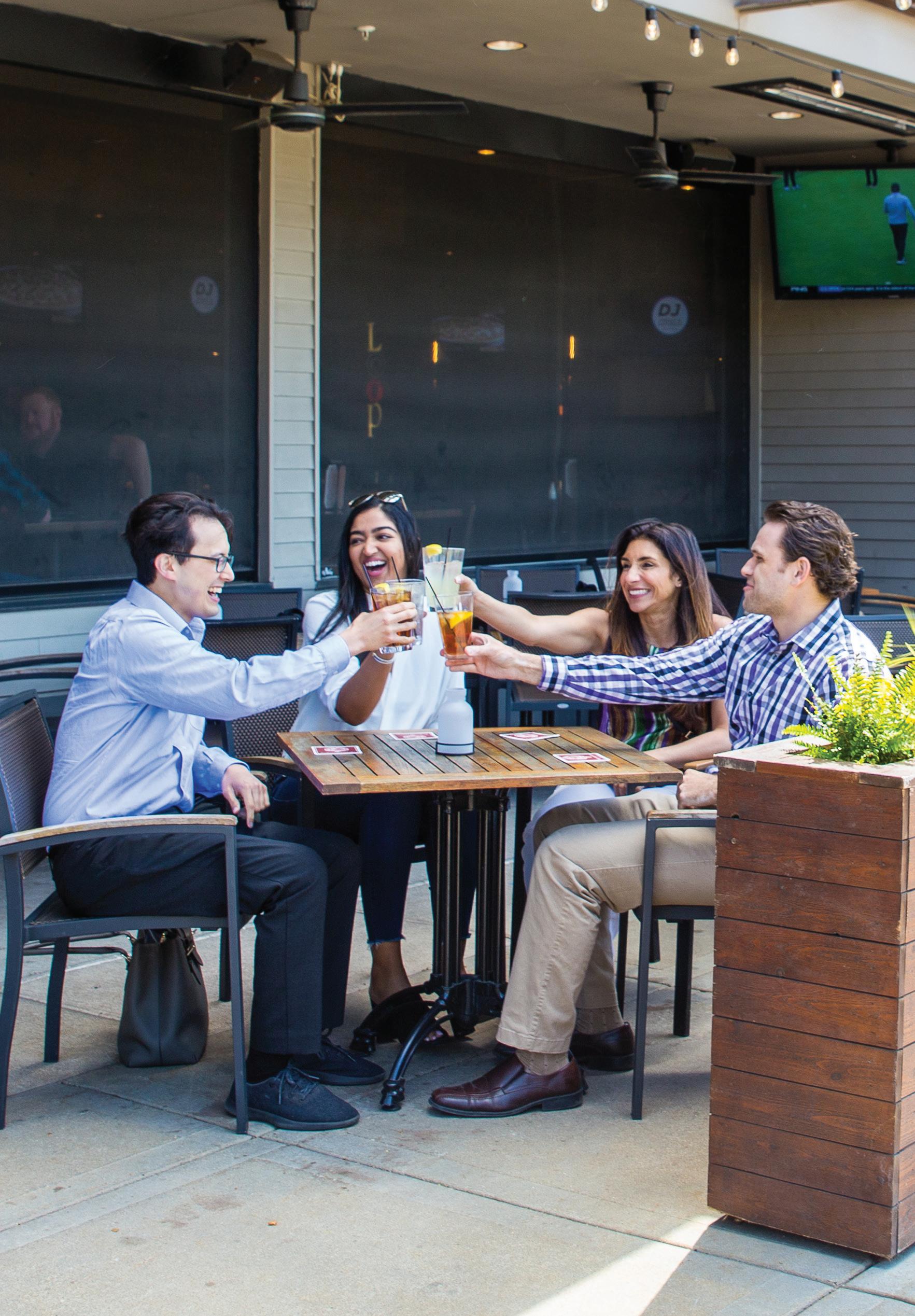


BY VICKIE MITCHELL
Here’s something surprising about Duluth, Minnesota. Each year, more than 6 million people visit the city of 90,000. That’s about a million more than peer over the edge of the Grand Canyon annually.
So, what makes Minnesota’s northern outpost so magnetic? Lake Superior, the world’s largest inland freshwater lake, whose blue waters stretch alongside downtown Duluth.
Wisely, some 50 years ago, the city started building event facilities next to Duluth’s harbor. First, a couple of hockey arenas; later, two convention centers, one facing the water, one facing downtown, and a symphony hall. Today, the complex called the Duluth Entertainment Convention Center, encompasses 250,000 square feet of meeting and exhibition space.
“We have meeting rooms and a ballroom right on the lake,” says Daniele Villa, vice president of sales and operations for Visit Duluth. “You can watch the ships come in and out. It is a different experience from most convention centers.”
The DECC’s location has other advantages. It neighbors Bayfront Festival Park, a lakefront lawn with a covered stage, and the Great Lakes Aquarium, where visitors can learn about sturgeon, trout, and other life that lives in Lake Superior on tours or during after-hours events. The Lakewalk, a paved trail for walkers and bikers that stretches eight miles from downtown to Brighton Beach, passes right by DECC. And the center is steps from Canal Park, where restaurants and bars boast views of Duluth’s Aerial Lift Bridge, which rises and lowers to let ships in and out of the harbor.
Canal Park and the bridge are in view from DECC’s Harbor Side
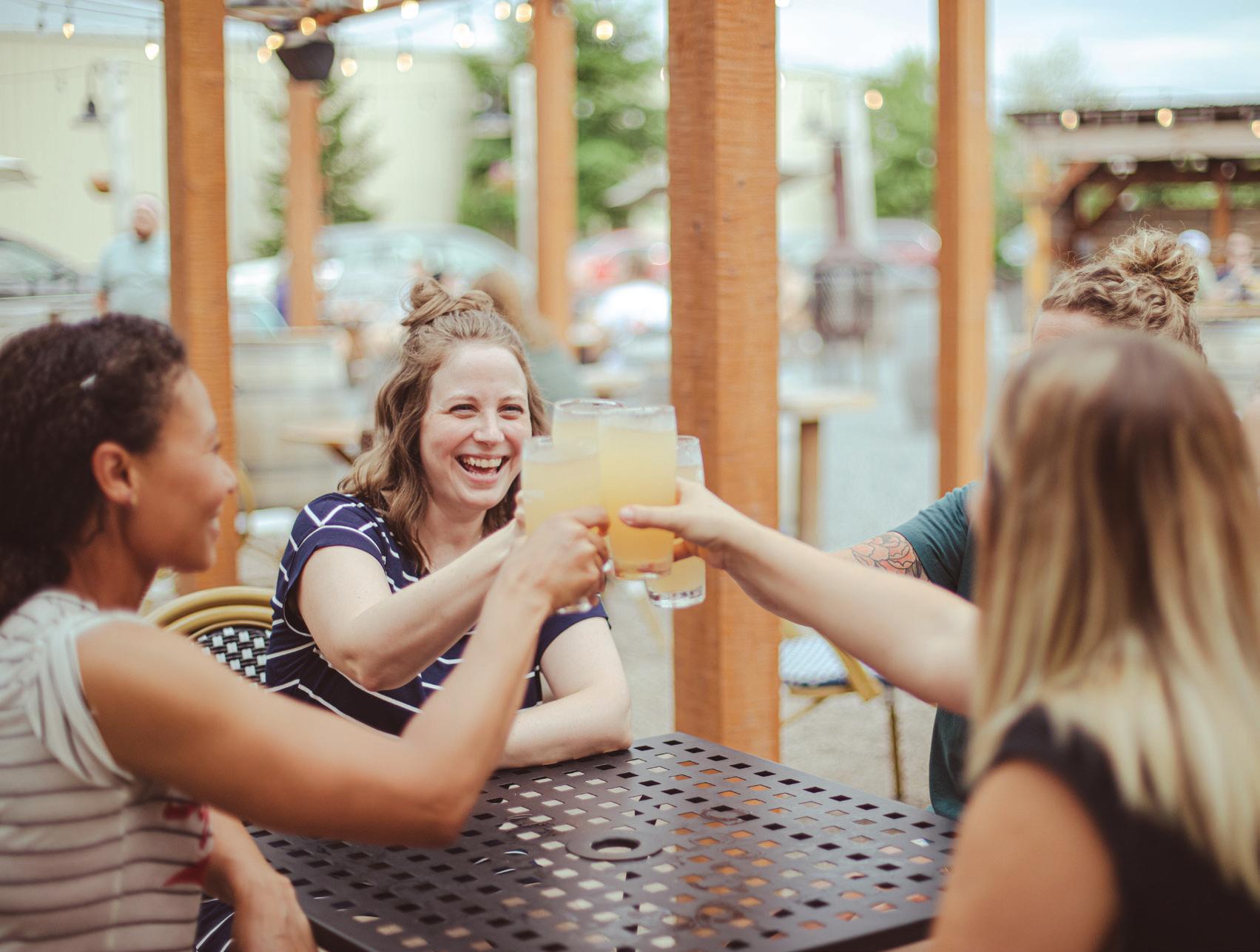
Convention Center, especially its ballroom. By contrast, the City Side Convention Center looks out on downtown, and its 26,000-square-foot Great Lakes Ballroom is the DECC’s largest meeting space. For keynote speakers, there’s the 2,260-seat Symphony Hall, whose mid-century design is in vogue again.
Although no hotels are physically connected to the DECC, 1,200 of Duluth’s 5,000 hotel rooms are within a few blocks, and most are linked to the DECC through the city’s skywalk system. The closest hotel is also the largest, the 338-room Holiday Inn & Suites Duluth Downtown, located just a tenth of a mile from the DECC. Beyond that, accommodations are a mix. Several national brands, including Radisson, Sheraton, and Hampton, are represented and several local properties, like the 140-room Pier B Resort, the 116-room Canal Park Lodge, and the 68-room Park Point Marina Inn, are situated on or near the water.
The city recognizes the value of Lake Superior to its economy, and so after major winter storms damaged the Lakewalk in 2018, approximately $20 million


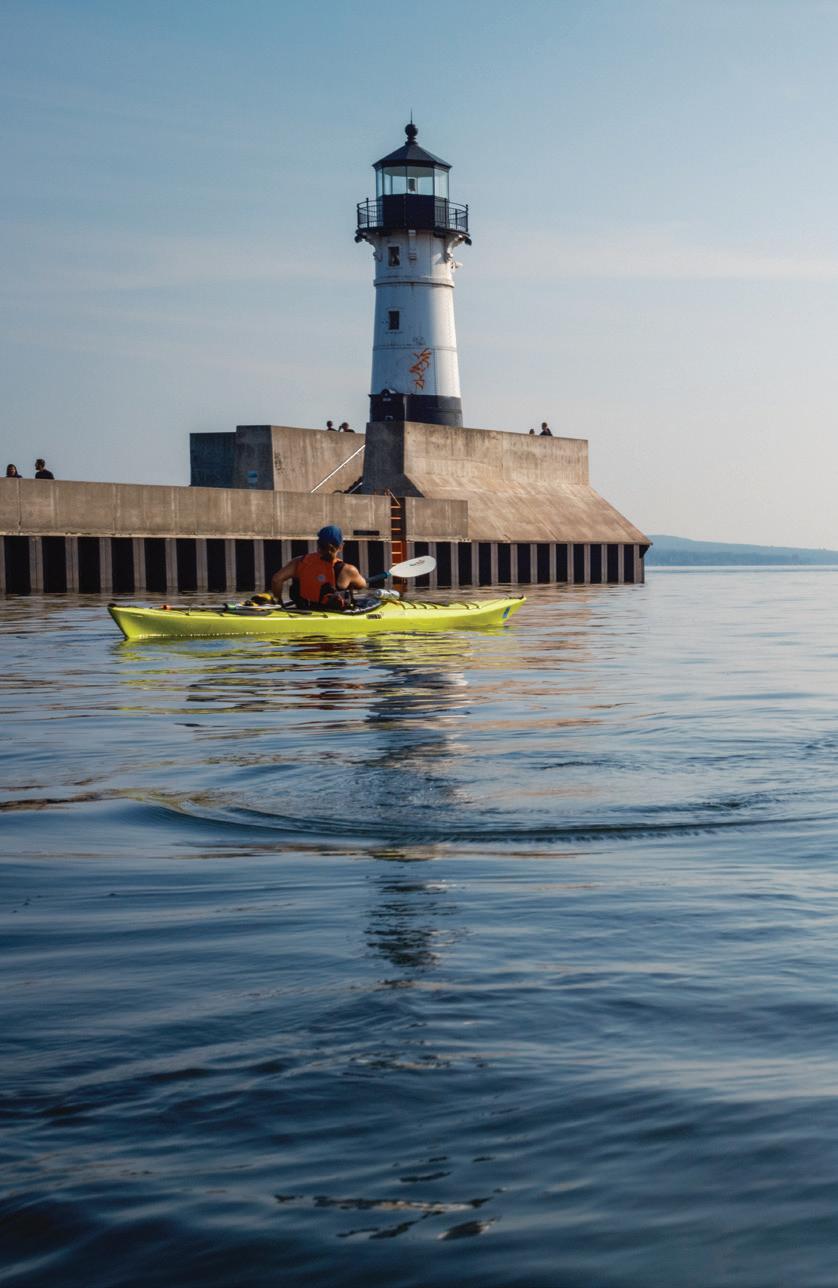
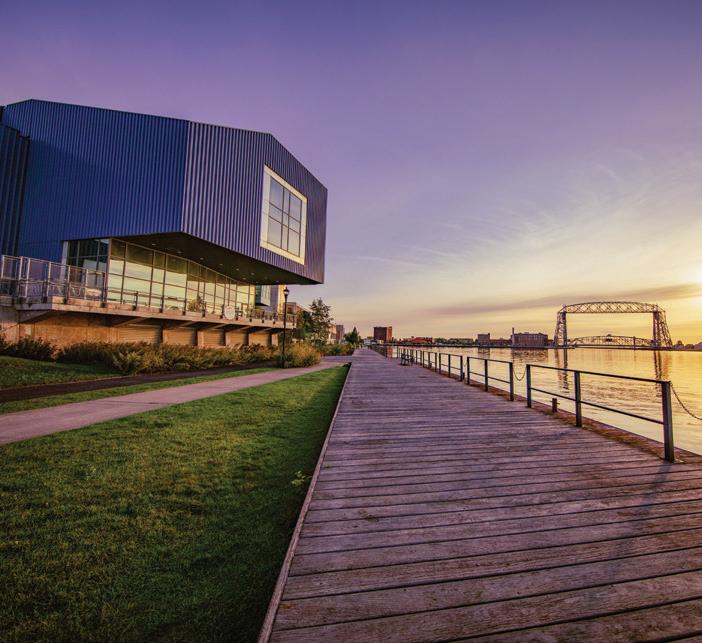


was invested in restoring and reinforcing it. Duluth wants to ensure that everyone, even busy meeting goers, can easily enjoy some Superior time. “This is our front door,” as one official reminded me recently.
The lake is an integral part of everything in Duluth. Tour boats leave from docks near the DECC. Glensheen, an early 1900s mansion with grand meeting spaces, is on the lake, three miles from town. A train ride takes passengers from downtown north along Superior’s shores. And breweries say their beer tastes, well, superior, thanks to the lake’s water.
Breweries and distilleries have popped up in clusters downtown, so planning tours and tastings is easy. Groups can sit on Canal Park Brewing’s patio next to the lake, play yard games, and be warmed by fire pits. Nearby Vikre Distillery, a maker of gin and other spirits, makes room for off-site events.
In the Lincoln Park Craft District, live music flows from Ursa Brewing, and its back bar can accommodate bookings for parties of up to 50. Bent Paddle Brewing has multiple event spaces. Warrior Brewing, owned by a military veteran, is a natural for veterans’ reunions.
All in all, Duluth is a great place to meet, says Villa. Sure, winters are chill, but Duluth knows how to make the most of it. And summers aren’t steamy, so there’s no sweat, and few bugs.
“We consider ourselves a cool city,” he says.
Duluth is a two-hour drive from Minneapolis; Duluth International Airport has daily flights from Minneapolis and Chicago.
Daniele Villa President, Sales and Operations 218-722-4011
cvb@visitduluth.com visitduluth.com
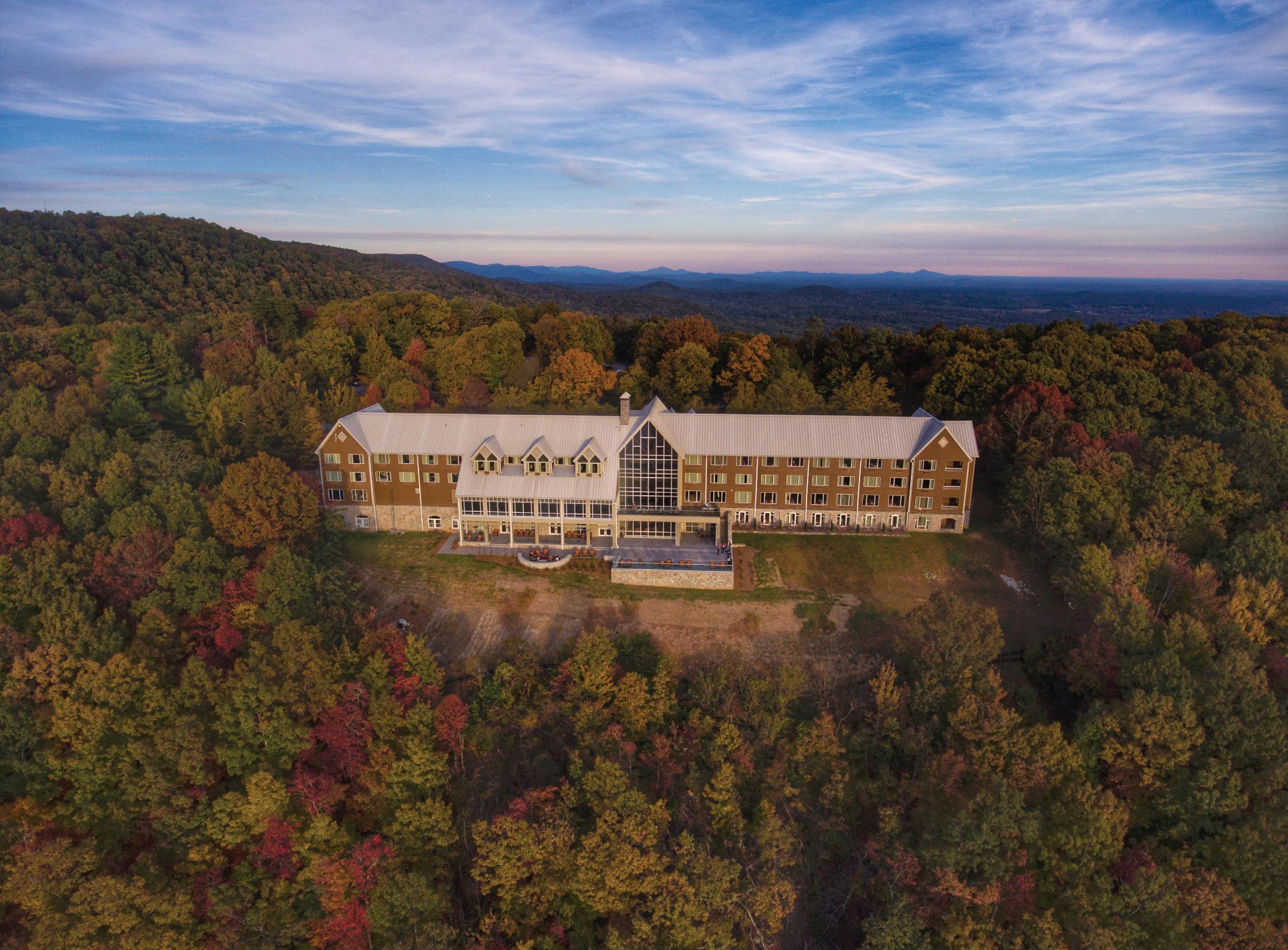
BY PAULA AVEN GLADYCH
Georgia is known for its charm and Southern hospitality, but its scenic beauty is not to be missed. Meeting planners wanting to host events in spectacular natural settings should look no further than these small Georgia towns.
the tallest cascading waterfall in Georgia. Several farms open for agritourism and team building in the fall, including Uncle Shuck’s Corn Maze and Pumpkin Patch, and the North Georgia Premium Outlets make Dawsonville a prime shopping destination.
The 57-room Amicalola Falls State Park & Lodge can host groups of 10 to 200 for meetings or events. It also offers team-building challenges on its zip-line canopy tours, low and high ropes courses, and a ground-level challenge course.
Dawsonville is the birthplace of stock car racing and the home of the Georgia Racing Hall of Fame, which makes a great off-site event venue. The hall of fame can host up to 200 guests for a banquet, and meeting groups can take a tour of the museum and challenge themselves with six racing simulators as part of their event.
Atlanta Motorsports Park’s Formula One-designed racetrack is five miles from downtown Dawsonville. Race enthusiasts can try their hand at racing on the facility’s Formula One-style kart racing track or host events in its 20,000-square-foot conference center.
The town has four hotel properties, including the Holiday Inn Express & Suites Dawsonville, which has event space for groups of up to 175 in a theater-style setup. The Revere is a resort-style property with 15,000 square feet of usable indoor and outdoor event space that can accommodate groups of up to 500.
destinationdawsonville.com
Macon is a big music city, with museums that honor music legends like Otis Redding, James Brown and Little Richard, and is home to Capricorn Studios and Grant’s Lounge, where many famous artists got their start, including The Allman Brothers Band.
The city is also known for its scenic beauty, from the International Cherry Blossom Festival that happens every March to the nearby Ocmulgee Mounds National Historical Park, which has eight miles of trails that take visitors past seven historical Native American mounds, wetlands and forests. A half-mile trail leads visitors from the visitor center to two temple mounds, an earth lodge and a trading post site. With its white sandy beaches, Lake Tobesofkee offers boating, biking, swimming, fishing and camping. It also has pavilions that groups can rent out for events.
The largest event facility in Macon is the Edgar H. Wilson Convention Center, with over 100,000 square feet of meeting and exhibit space. It is connected to the 220-room Macon Marriott City Center, which has 5,000 square feet of meeting space. The convention center and hotel are both connected to the Macon Coliseum, which has a 9,252-seat capacity.
Anderson Conference Center has more than 15,000 square feet of meeting space, including a ballroom that can host 440 at rounds. The Robert F. Hatcher, Sr. Conference Center at Middle Georgia State University can host groups of up to 240.
Rhythm & Rally Sports and Events is the world’s largest indoor pickleball facility, with 32 indoor courts. It can host large groups for events or pickleball tournaments.
visitmacon.org
Dawsonville is the first town visitors reach when they are heading from Atlanta to the mountains. It is the gateway to the Appalachian Trail and home to Amicalola Falls, the tallest cascading waterfall in Georgia.
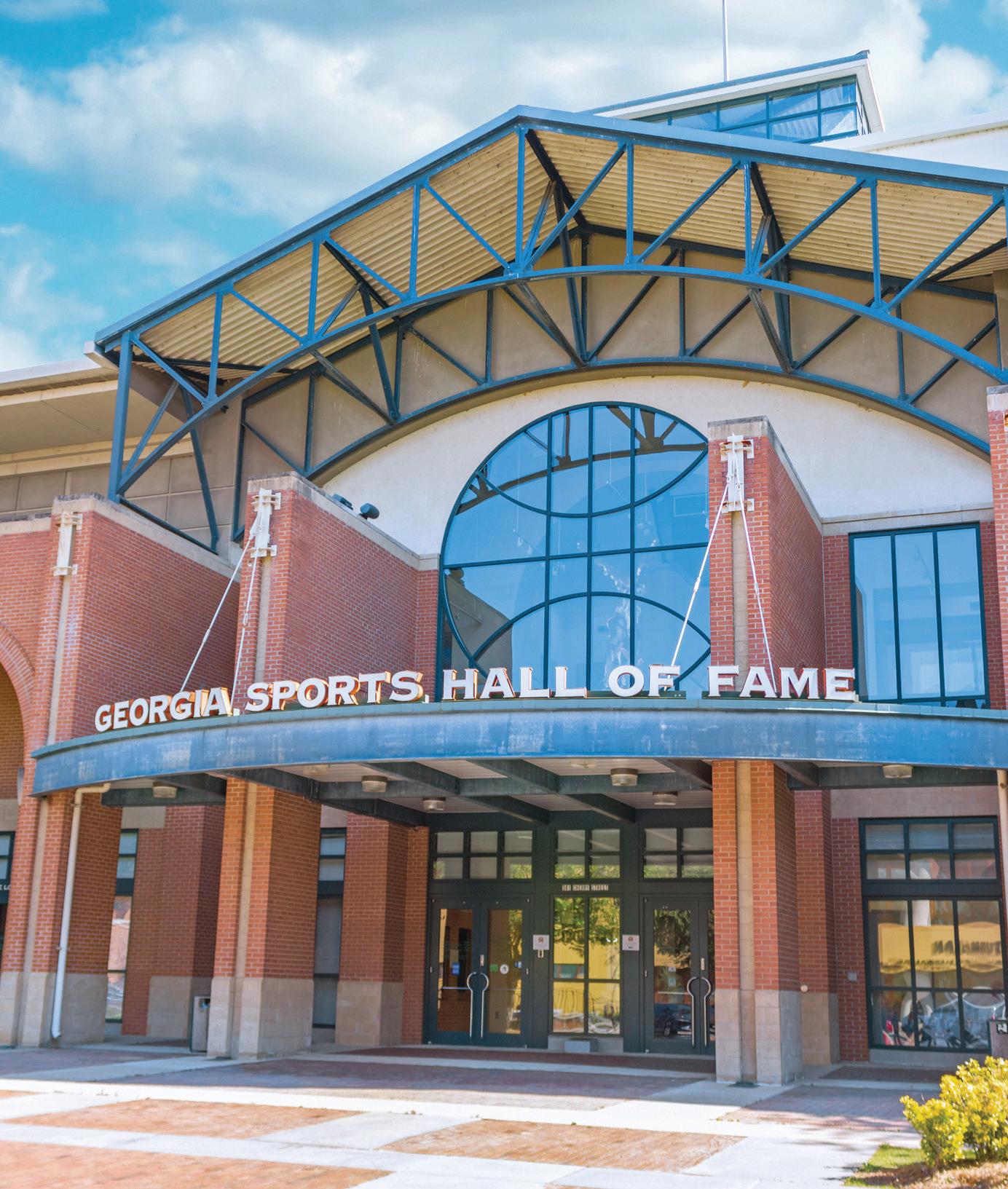

Marietta is a dining, arts and historic destination about 20 miles from Atlanta. Visitors can walk or bike along the Mountain to River Trail, which takes them through downtown Marietta, Marietta Square and Marietta Confederate Cemetery. There are plenty of coffee, ice cream and snack shops in Marietta Square, and the Marietta Square Market Food Hall gives visitors a range of dining options, from vegan to barbecue, Korean to Cuban.
There are about 15 murals along the trail for those who love street art. The city has multiple theaters that can be rented out for events, including the Earl and Rachel Smith Strand Theatre, a former Art Deco movie theater on the northeast corner of Marietta Square. The auditorium can seat 530, and groups can also rent out the theater’s Lumiere Lounge and Rooftop Terrace. Black Box Theater can accommodate groups of up to 140 guests.
The 200-room Hilton Atlanta/Marietta Hotel & Conference Center has 27,564 square feet of event space in 27 rooms. Boxwood Social Hall offers more than 5,000 square feet of indoor event space, and the Marietta Cobb Museum of Art has several spaces to host smaller meetings and events.
For fun, groups can visit the Marietta History Center, which details the history of Marietta from its inception in 1834. The Marietta Gone with the Wind Museum at Historic Brumby Hall features memorabilia from the movie, and the city is only 10 minutes from Kennesaw Mountain National Battlefield Park. visitmariettaga.com
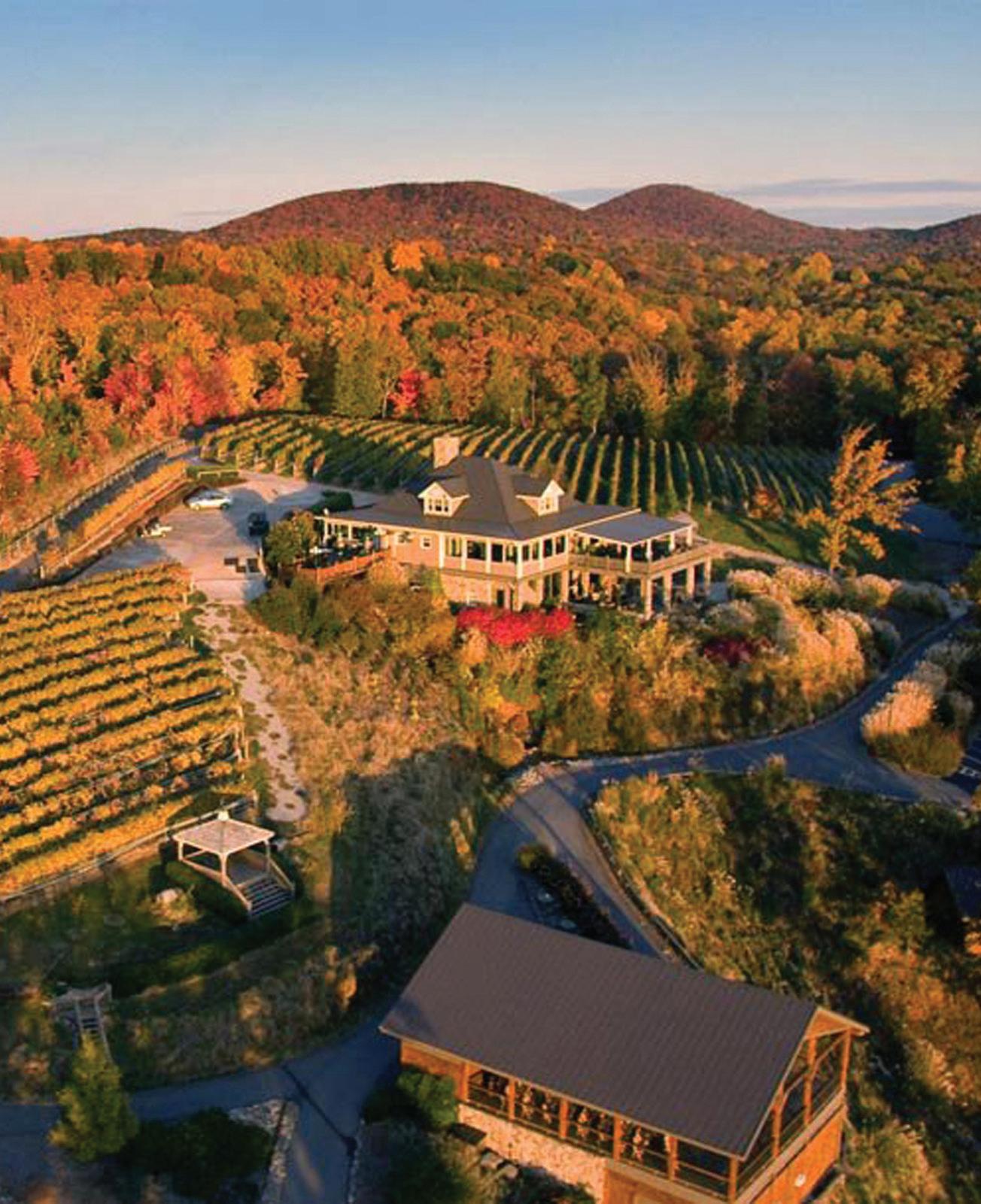
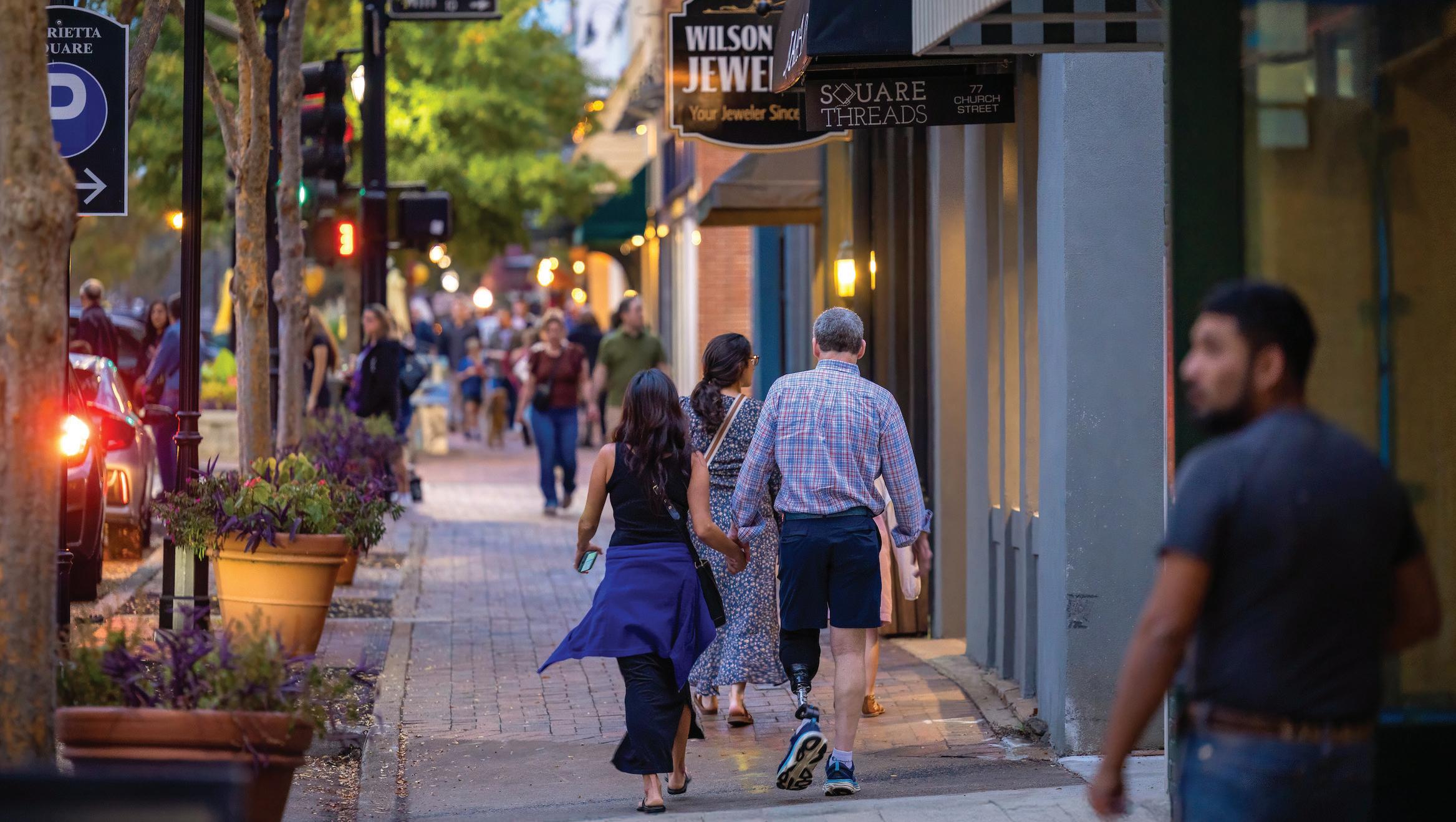
Connect, collaborate, and celebrate in Columbus, GA. Our community is packed with venues, attractions, and experiences that are uniquely ours. Where else can you find four distinct Meeting Districts, some of the hippest new hotels in the state, and a chef-driven local restaurant scene? Start planning your next meeting in Columbus, the city Travel + Leisure magazine named as the Most Welcoming City in the Nation!
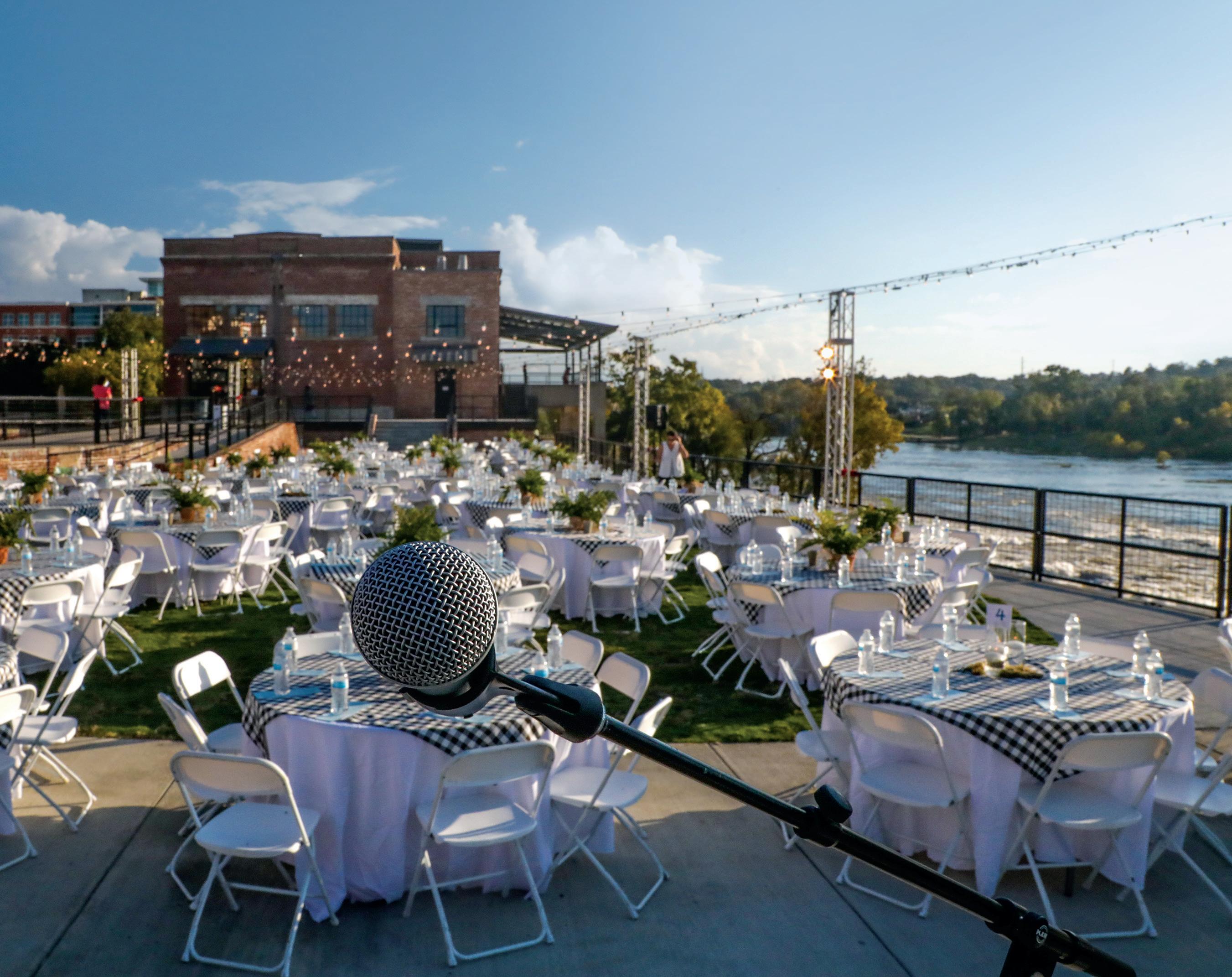
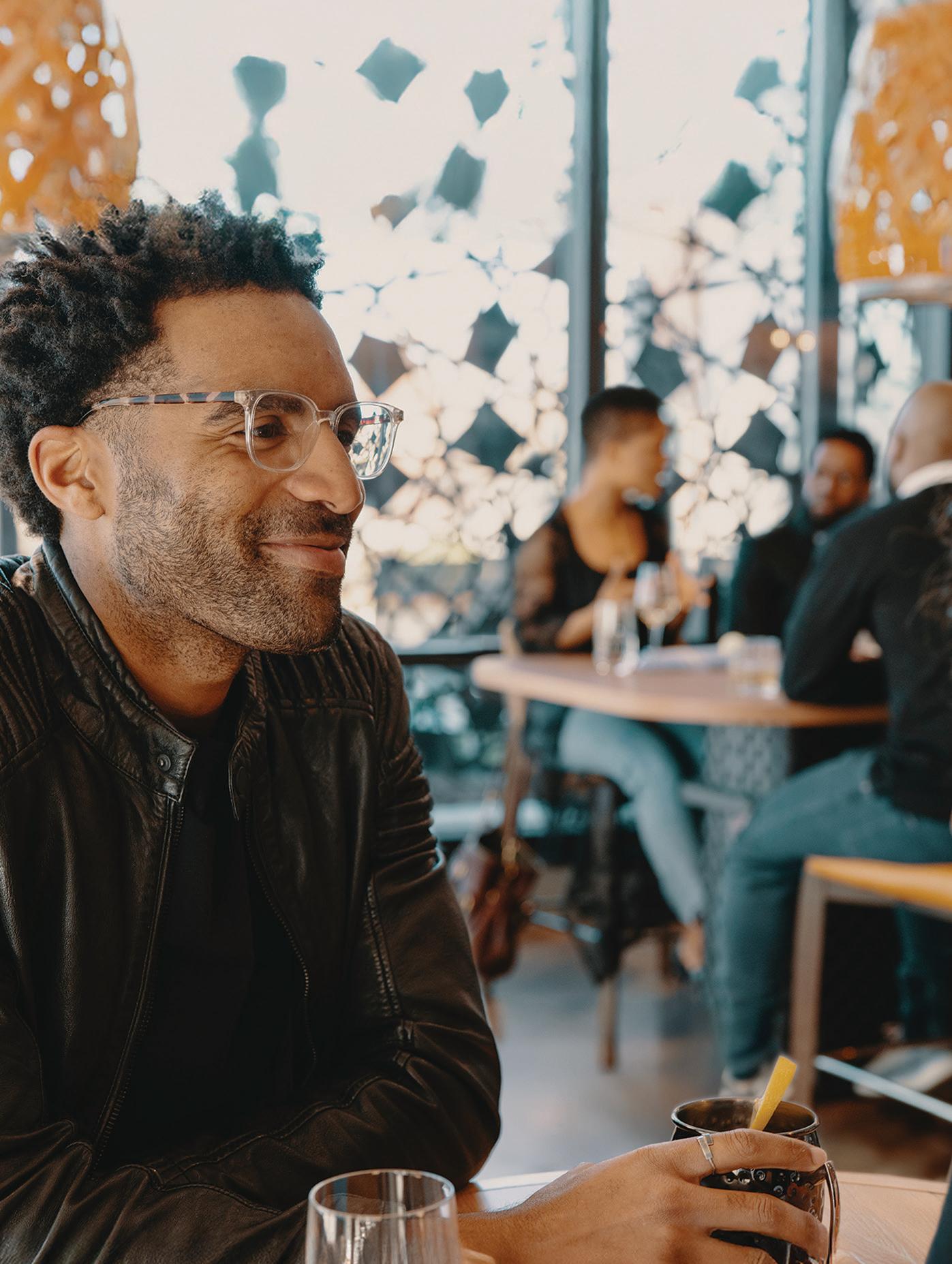
In the mountains of north Georgia, Dahlonega is known for its vineyards and its gold mining history. Dahlonega was the site of the country’s first gold rush in 1828 — 20 years before the California gold rush. The Dahlonega Gold Museum State Historic Site in the Old Lumpkin County Courthouse details the history of Georgia and the Georgia Gold Rush. The building itself served as a courthouse from 1836 to 1965 and sits in the town’s historic public square.
The square is surrounded by local restaurants, shops and regional Georgia wine-tasting rooms and is adjacent to the University of North Georgia campus.
The Holiday Inn Express & Suites Dahlonega-University Area has 75 guest rooms and meeting space that can accommodate smaller groups of 75. Montaluce Winery & Restaurant and Wolf Mountain Vineyards both have large event spaces that can host groups of up to 200, and 27 on Park is a boutique hotel property in downtown with 14 guest rooms and event space for up to 100.
Forrest Hills Mountain Resort & Conference Center, on the west side of the county, is a 140-acre resort that has 85 sleeping rooms and a large meeting room that can host 200 for a banquet. It offers chuckwagon dinners, horse and carriage rides, gem mining, two regulation size volleyball courts and team-building activities.
The University of North Georgia offers great meeting space for larger groups, and the county has 800 hotel rooms.
dahlonega.org
Located 30 minutes north of Atlanta, Duluth offers big-city amenities but is only 17 miles from the largest lake in Georgia, Lake Lanier, with its hiking trails, boat rides and water park. Duluth has earned the nickname “Seoul of the South” because of its large Korean American community. The city has a walkable and historic downtown that features boutique shopping, chef-driven restaurants, colorful murals and a scenic town green.
The Gas South District is a 118-acre multipurpose campus that includes the Gas South Convention Center, with 90,000 square feet of exhibit hall space, a 21,600-square-foot ballroom and 23 meeting rooms. It also has outdoor gathering areas, a food hall and catering from Proof of the Pudding. The 13,000-seat Gas South Arena can host up to 10,000 attendees in its open floor space, and the district also includes the 708-seat Gas South Theater, The Hudgens Center for Art &Learning, and the 348-room Westin Atlanta Gwinnett.
The Westin features 28,029 square feet of event space in 16 event rooms. Its Jasper Ballroom can host groups of up to 1,050 in theater-style seating or 800 for a banquet. The Embassy Suites by Hilton Atlanta NE Gwinnett Sugarloaf, which is also near the Gas South District, has 166 guest rooms and 5,568 square feet of event space. The Sonesta Gwinnett Place Atlanta hotel has 20,000 square feet of meeting and event space, including 18 function rooms. The Georgia Ballroom can host up to 800 guests, and the hotel has 300 guest rooms.
exploregwinnett.org
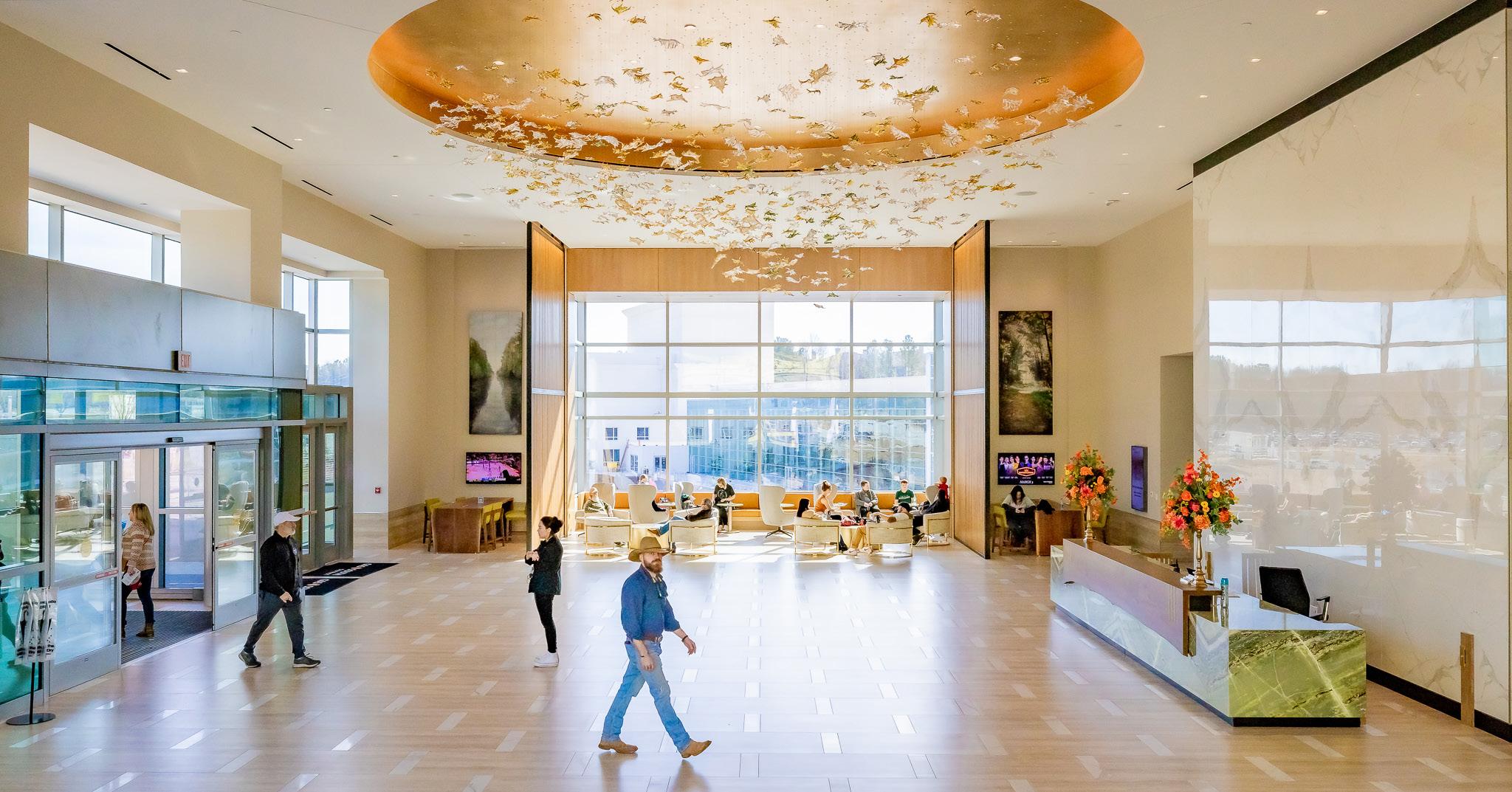

Street Cemetery, Coming Mid-July 2025
This historic cemetery is home to Confederate soldiers� unmarked graves of those thought to be formerly enslaved� as well as Horace King� a former slave who rose to become an accomplished engineer� bridge builder� and state legislator� This memorial honors the lives of those laid to rest there and features an interpretive pavilion� walkways� seating areas� and one of only five remaining King covered bridges� The significance of the site in our collective history is not to be understated� Come explore some of the stories that helped shape our future� VisitLaGrange.com Oh, The Stories You’ll Tell
